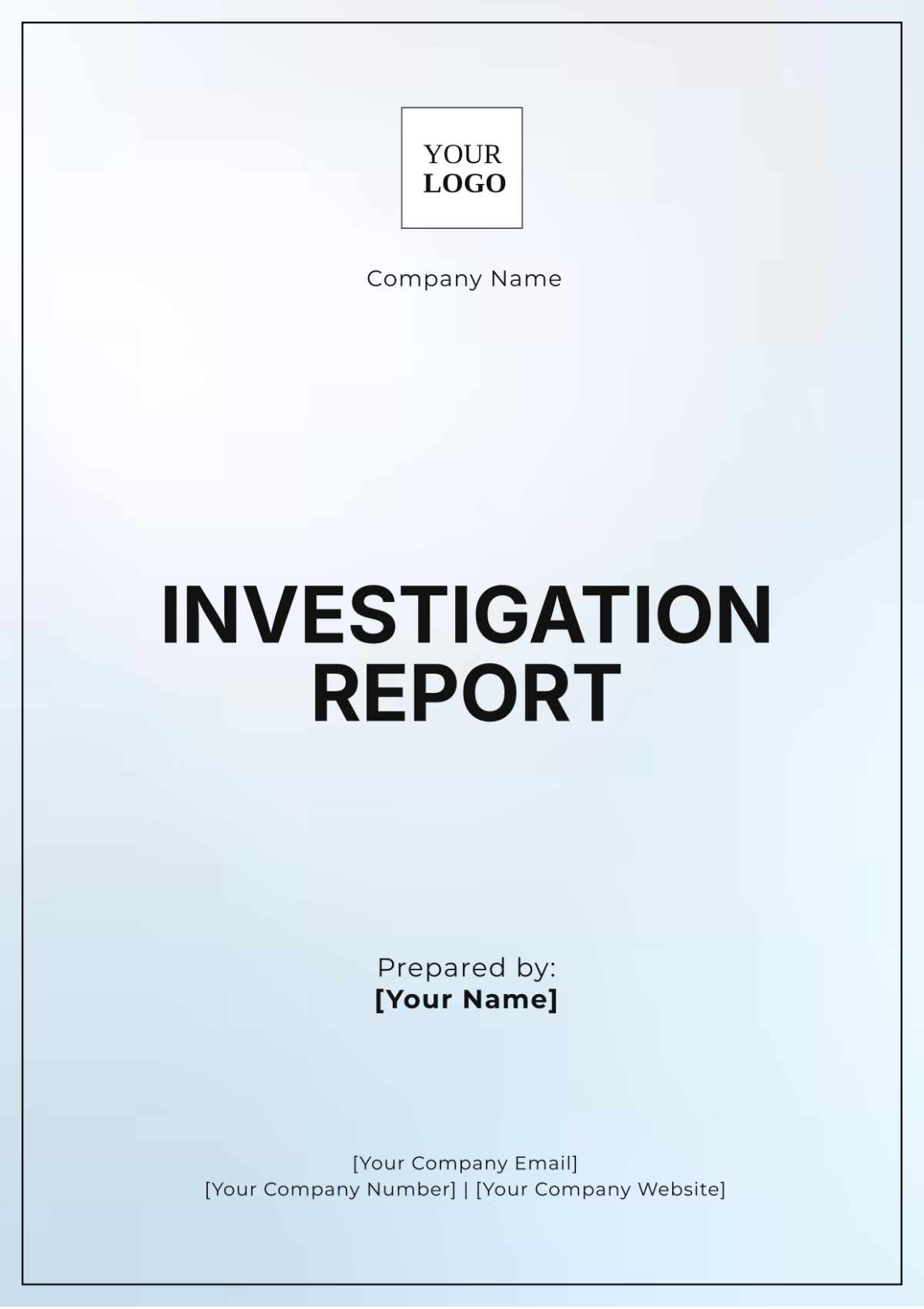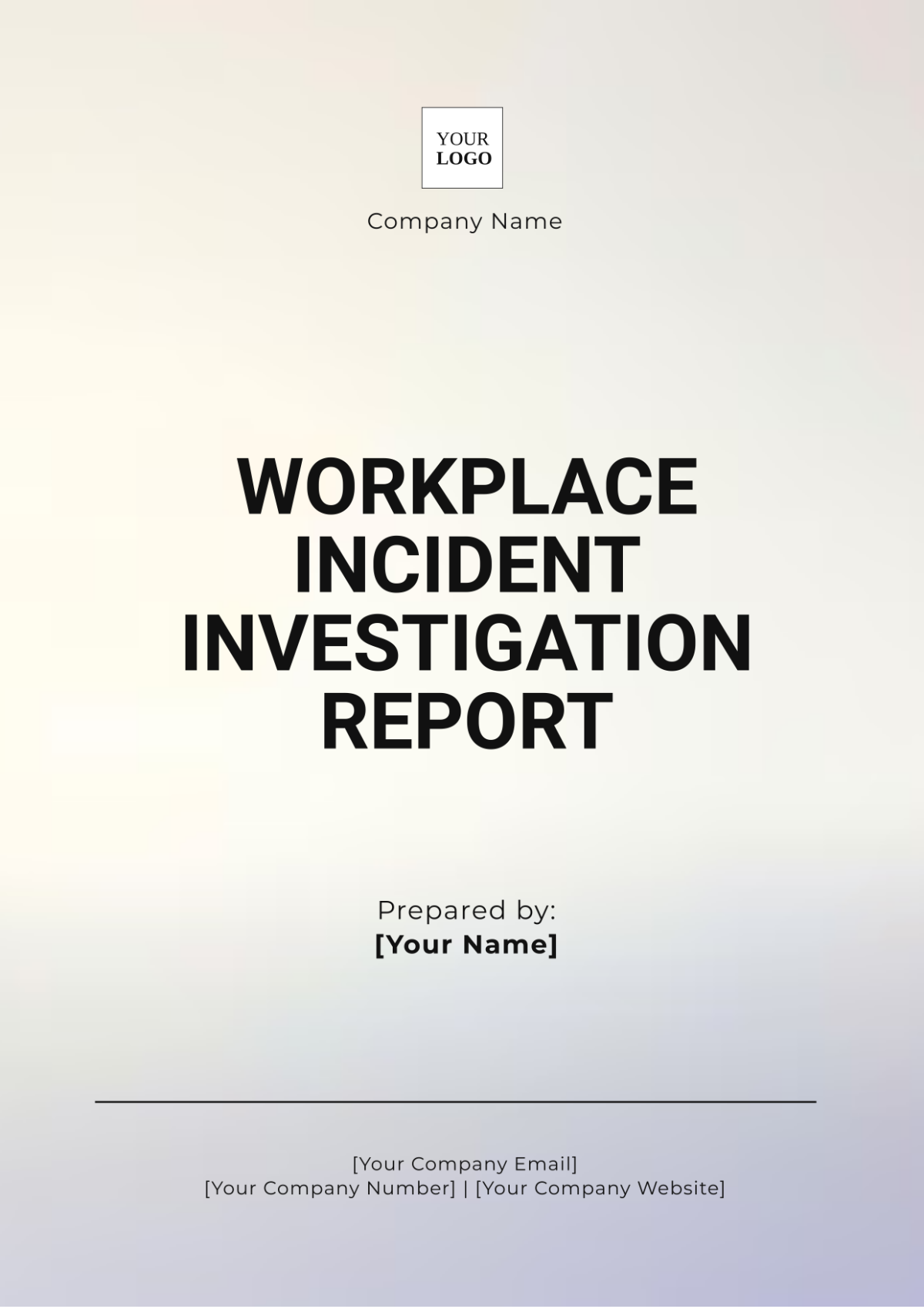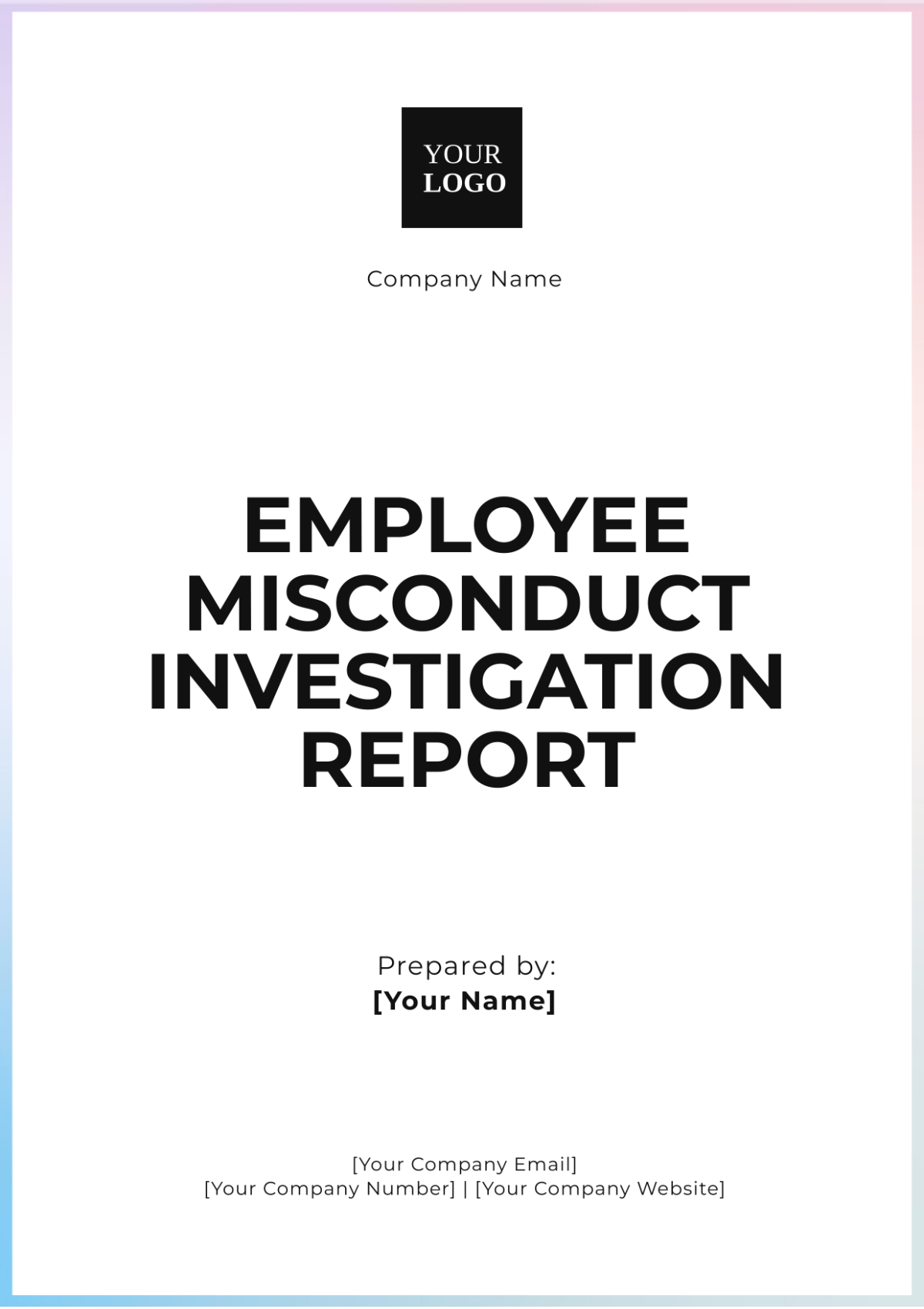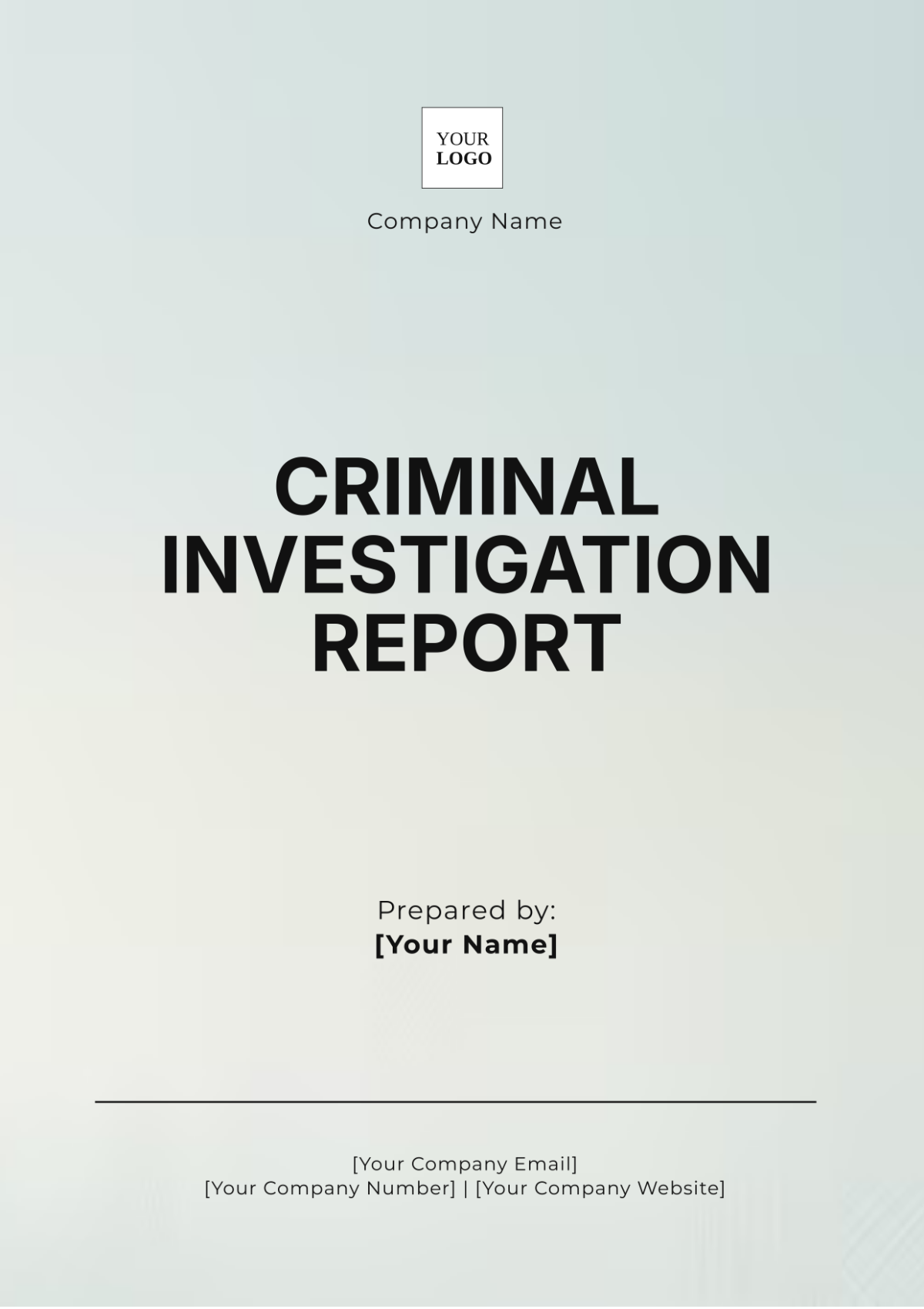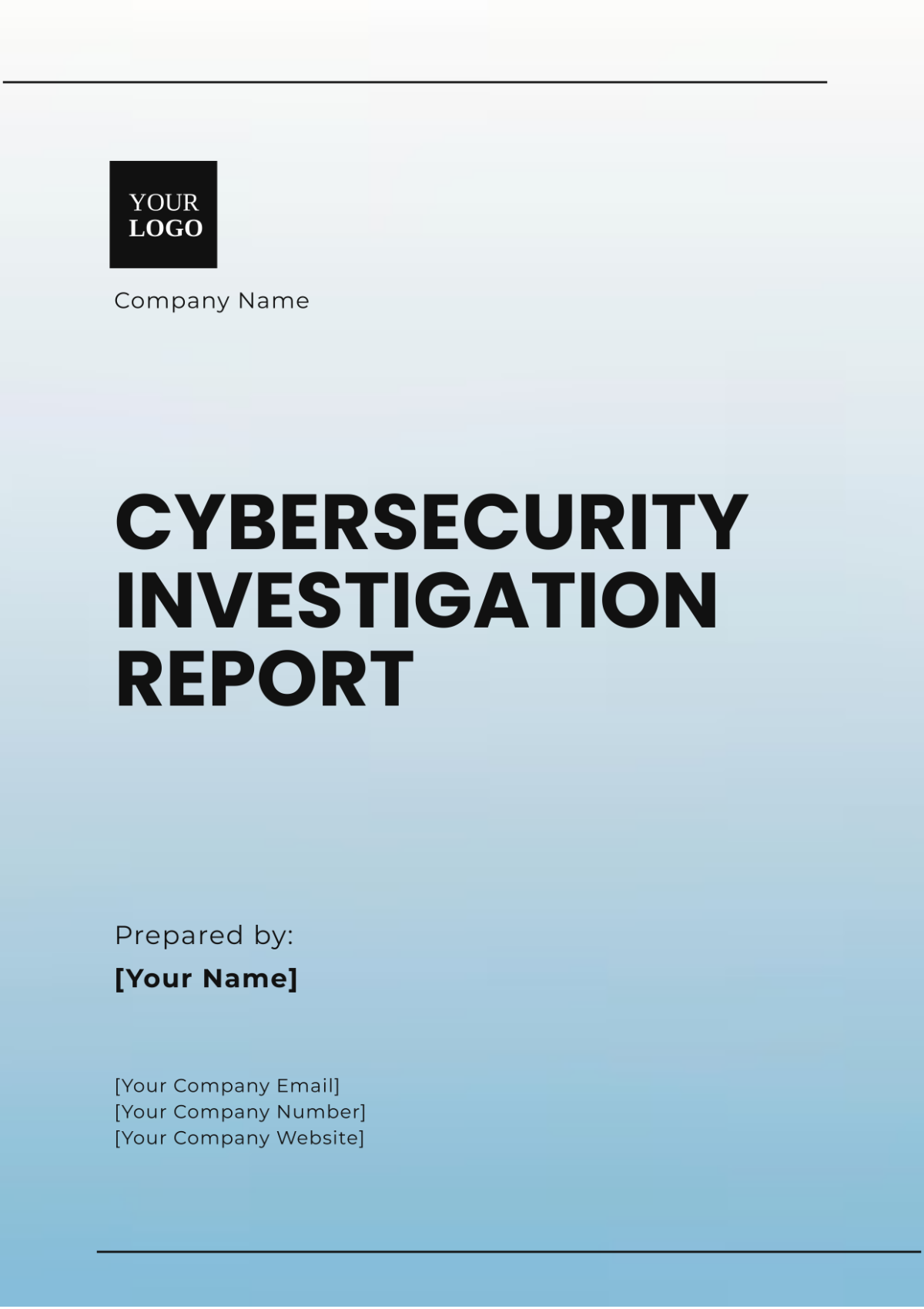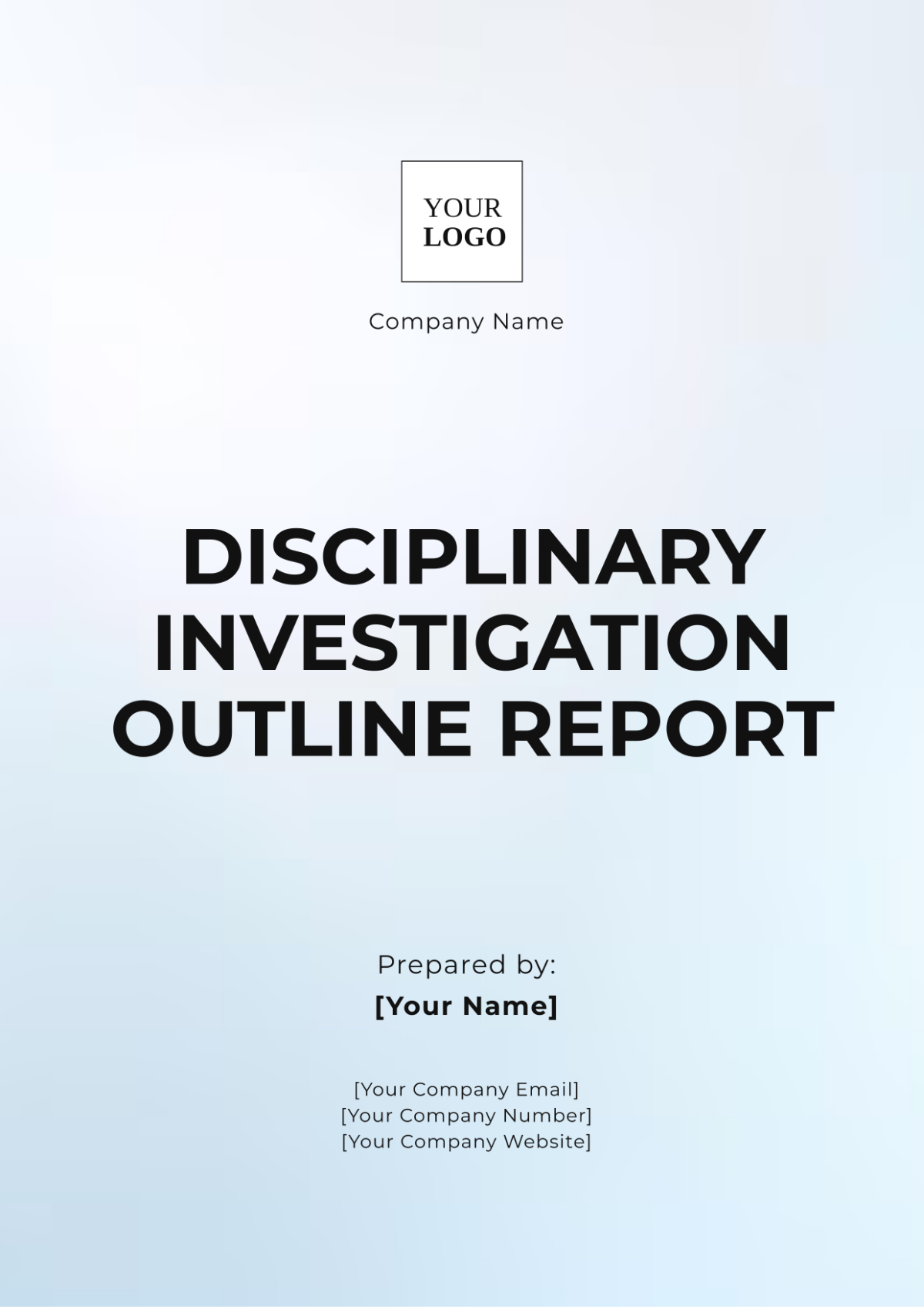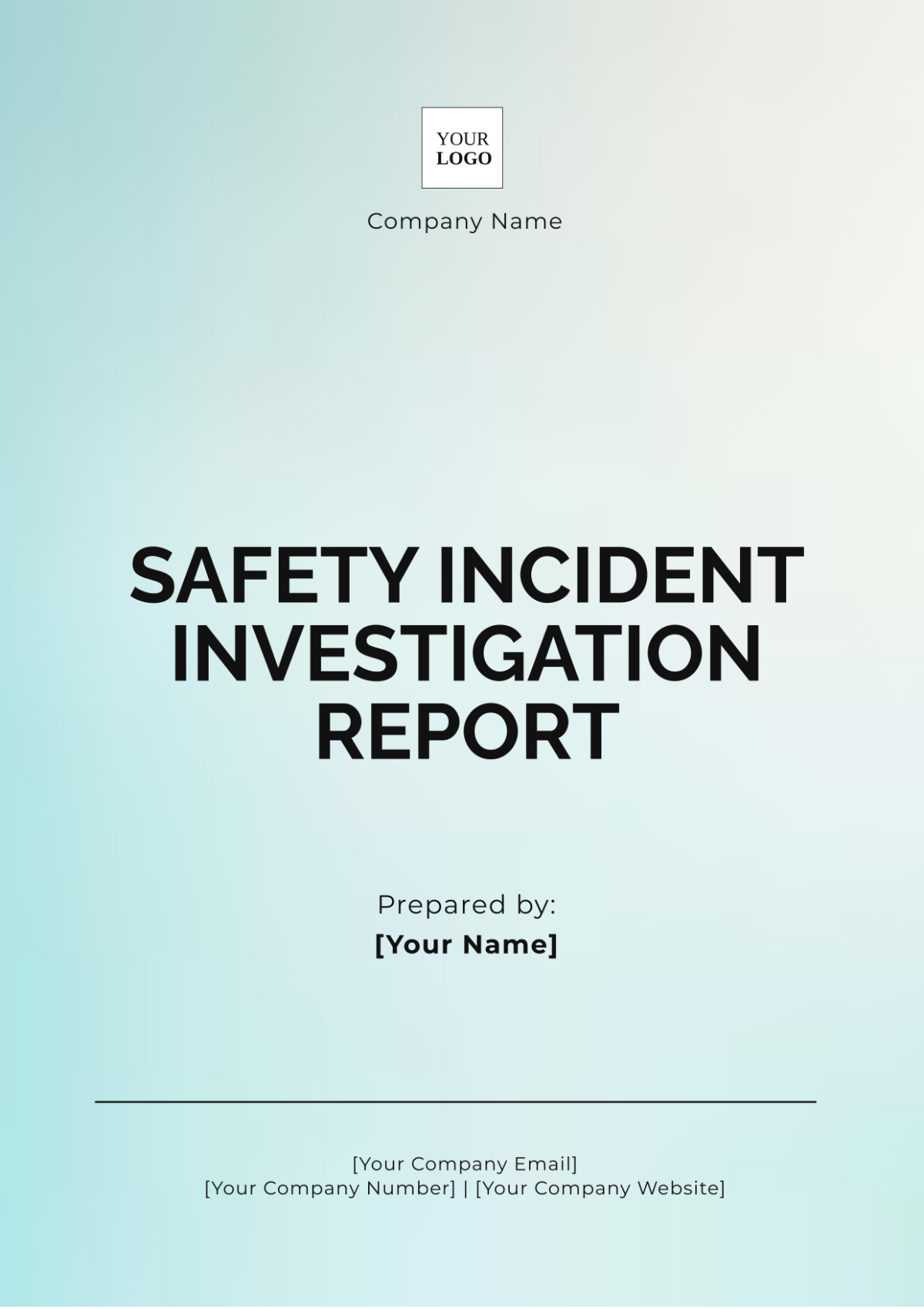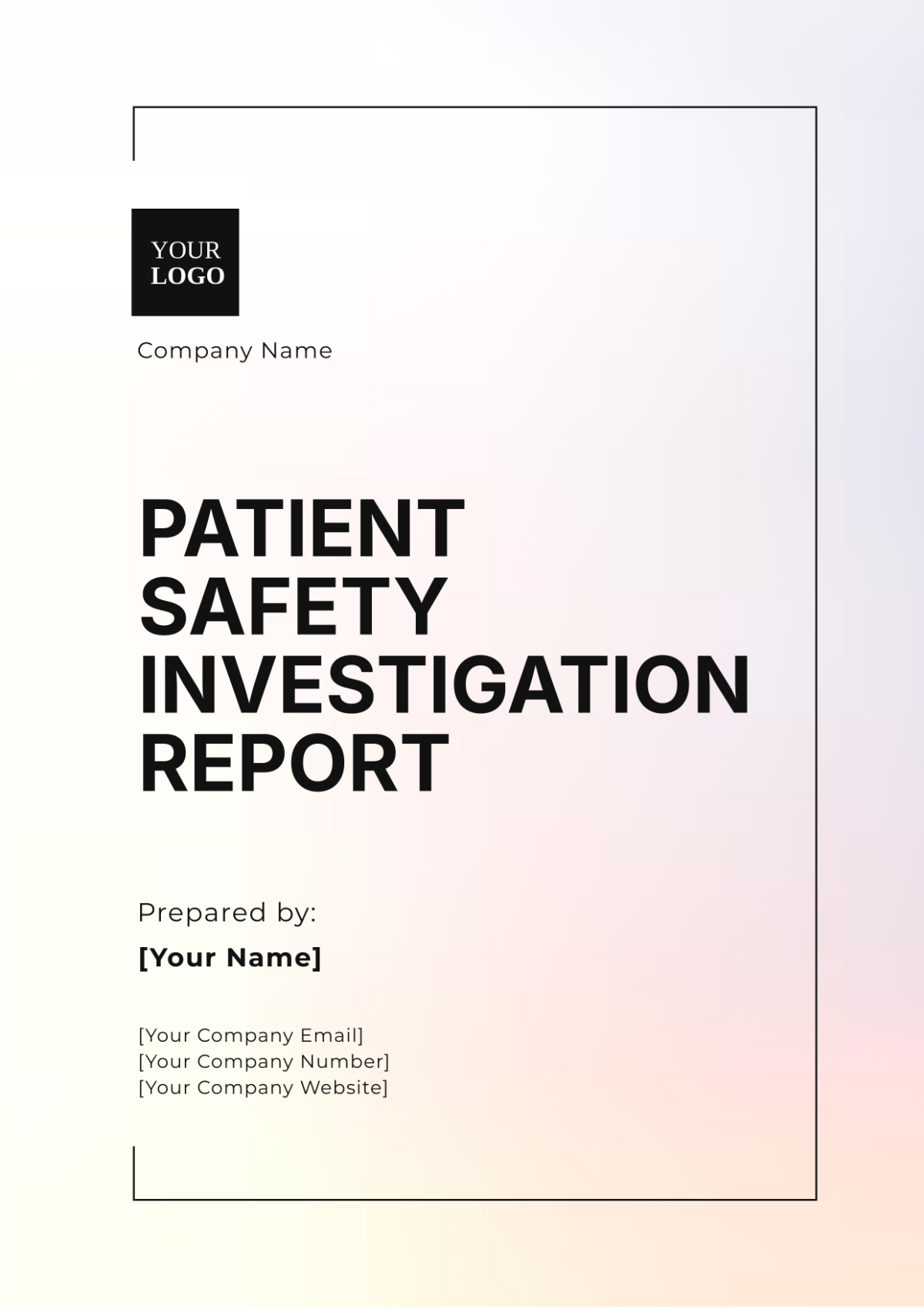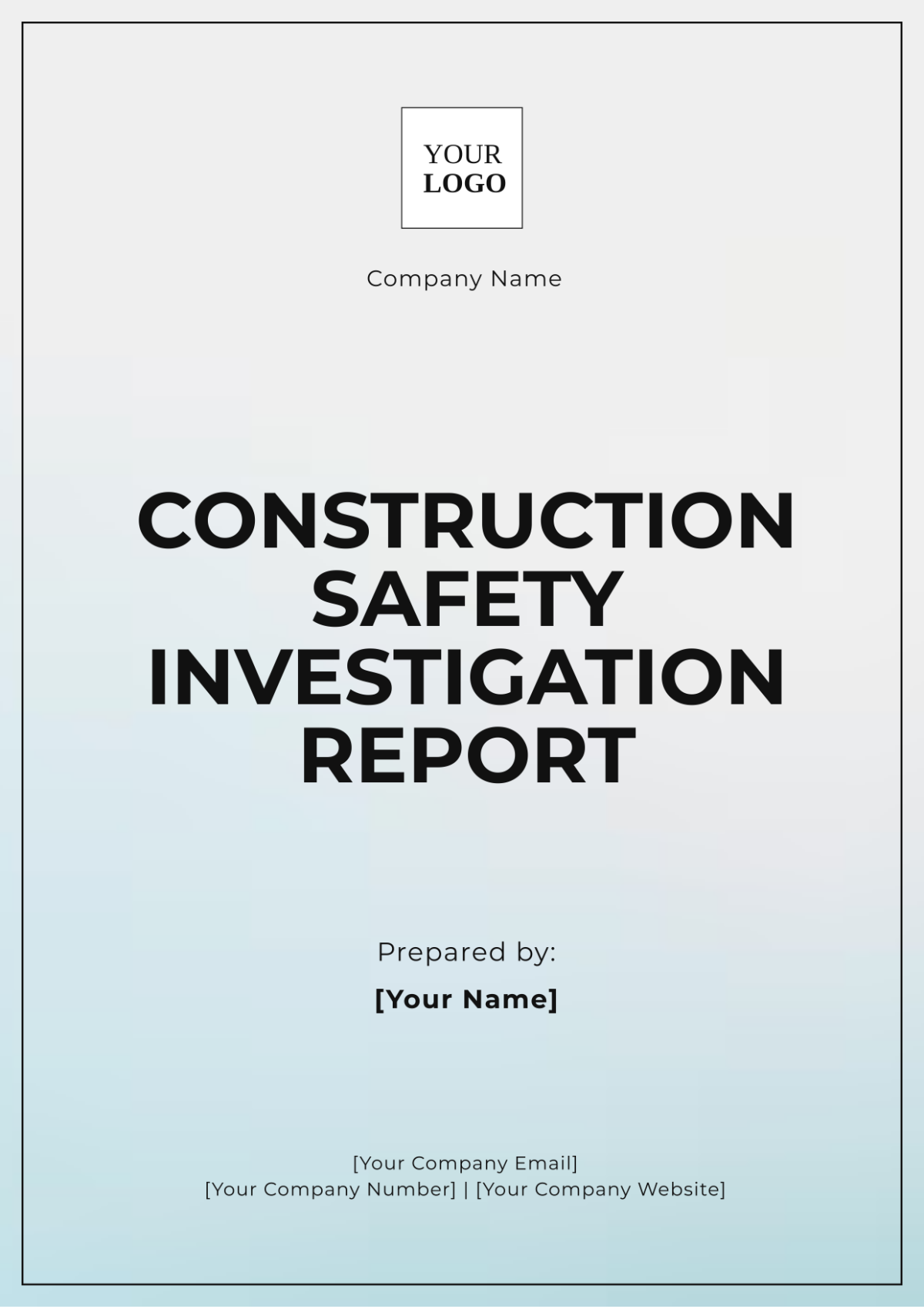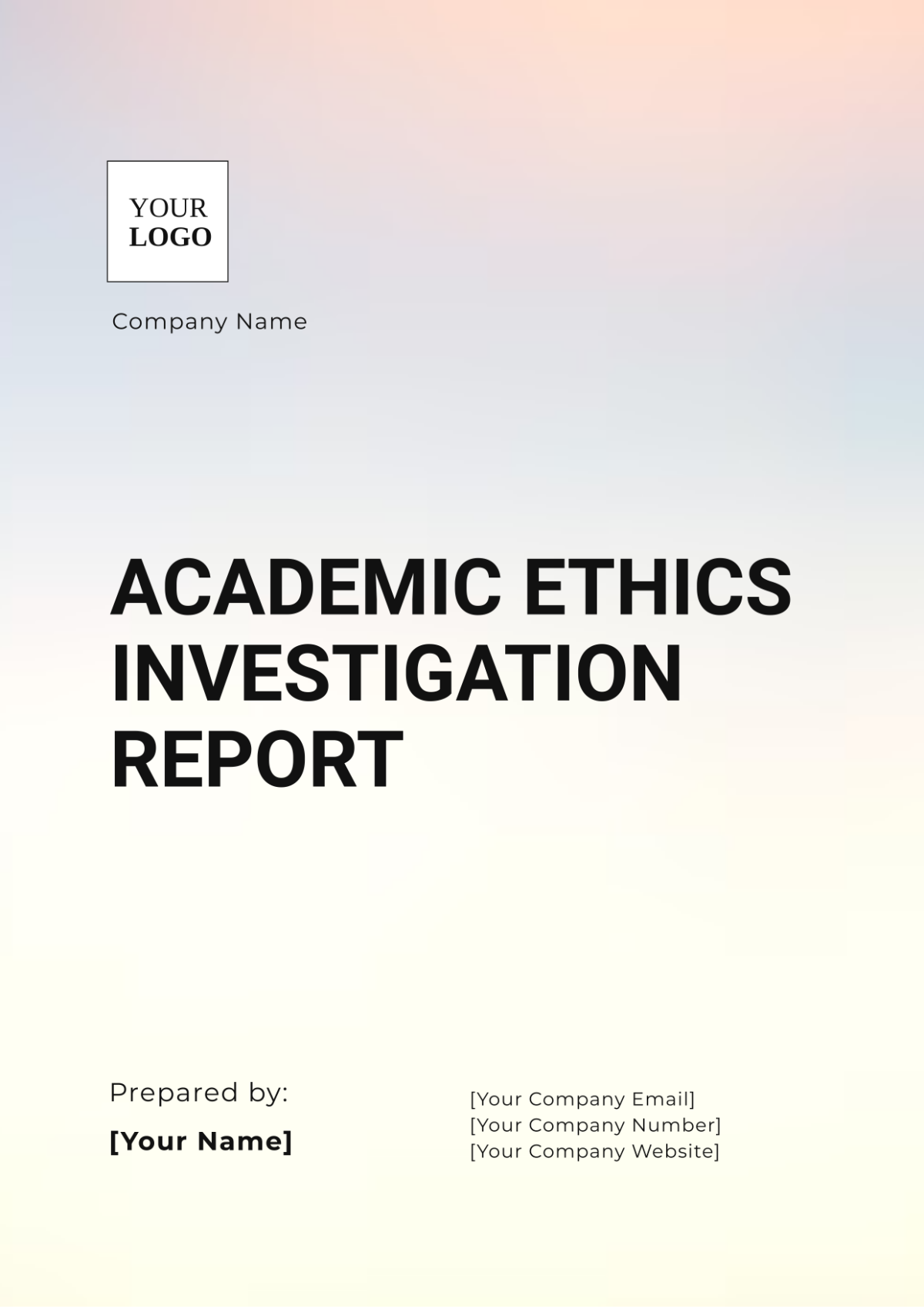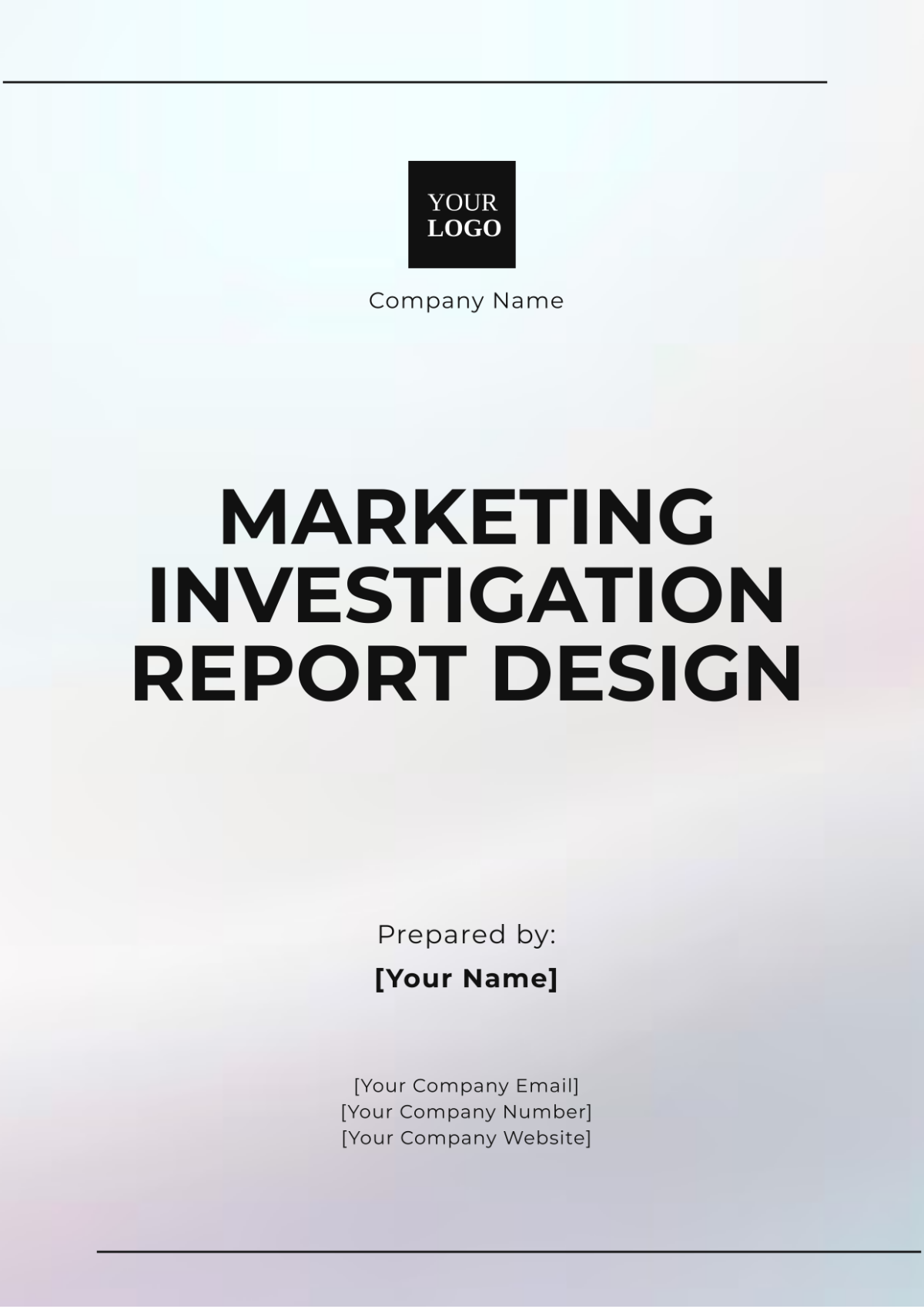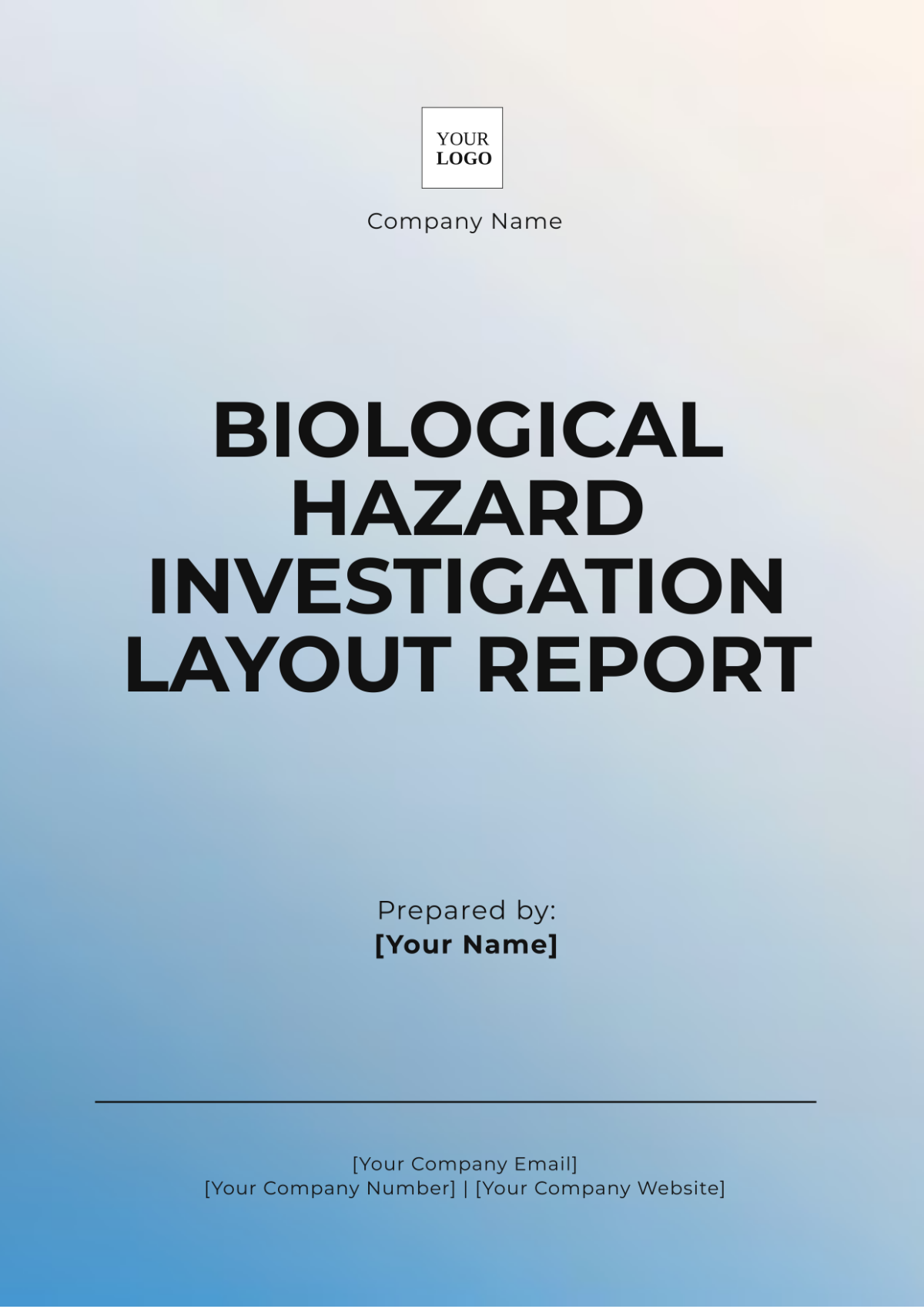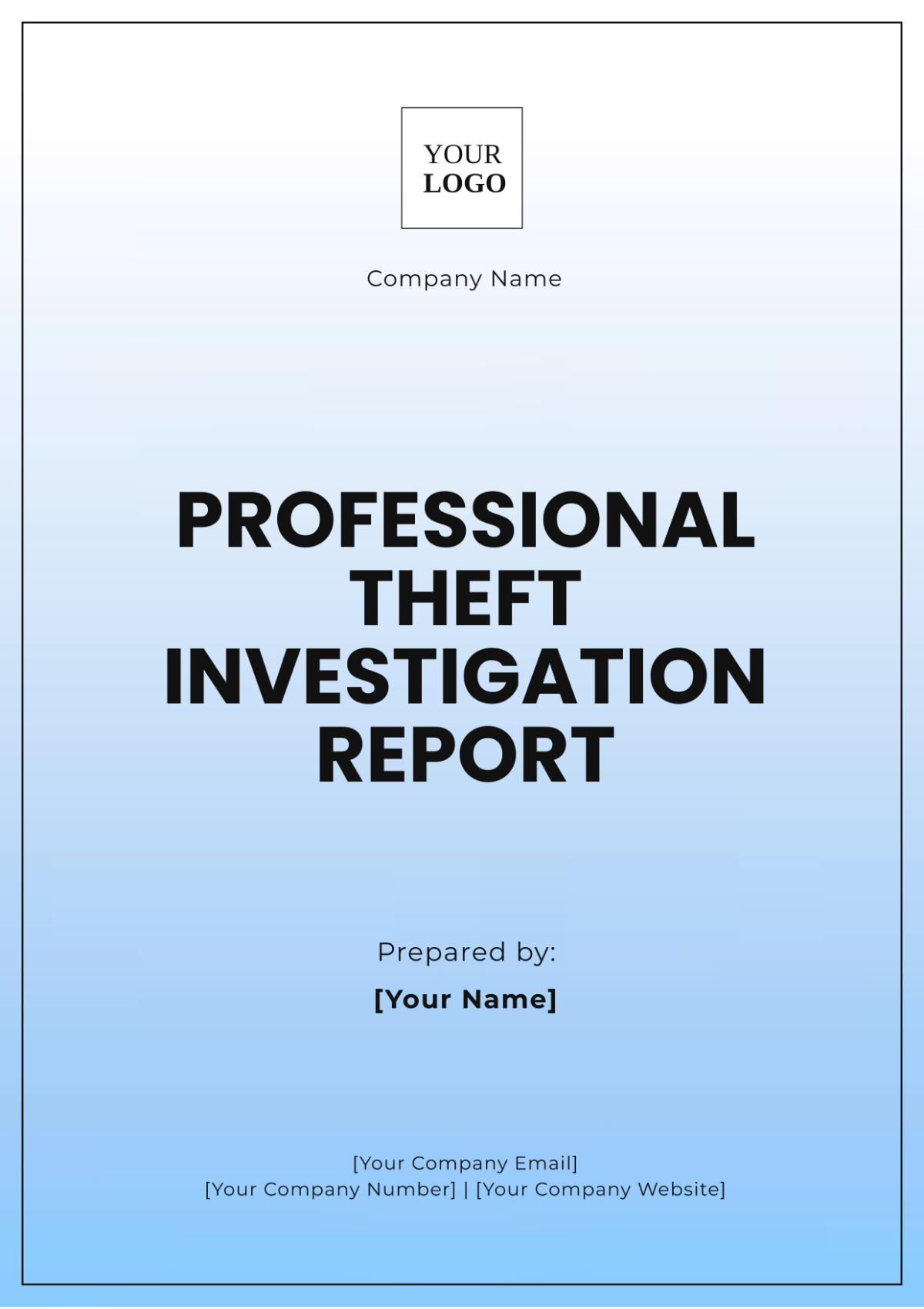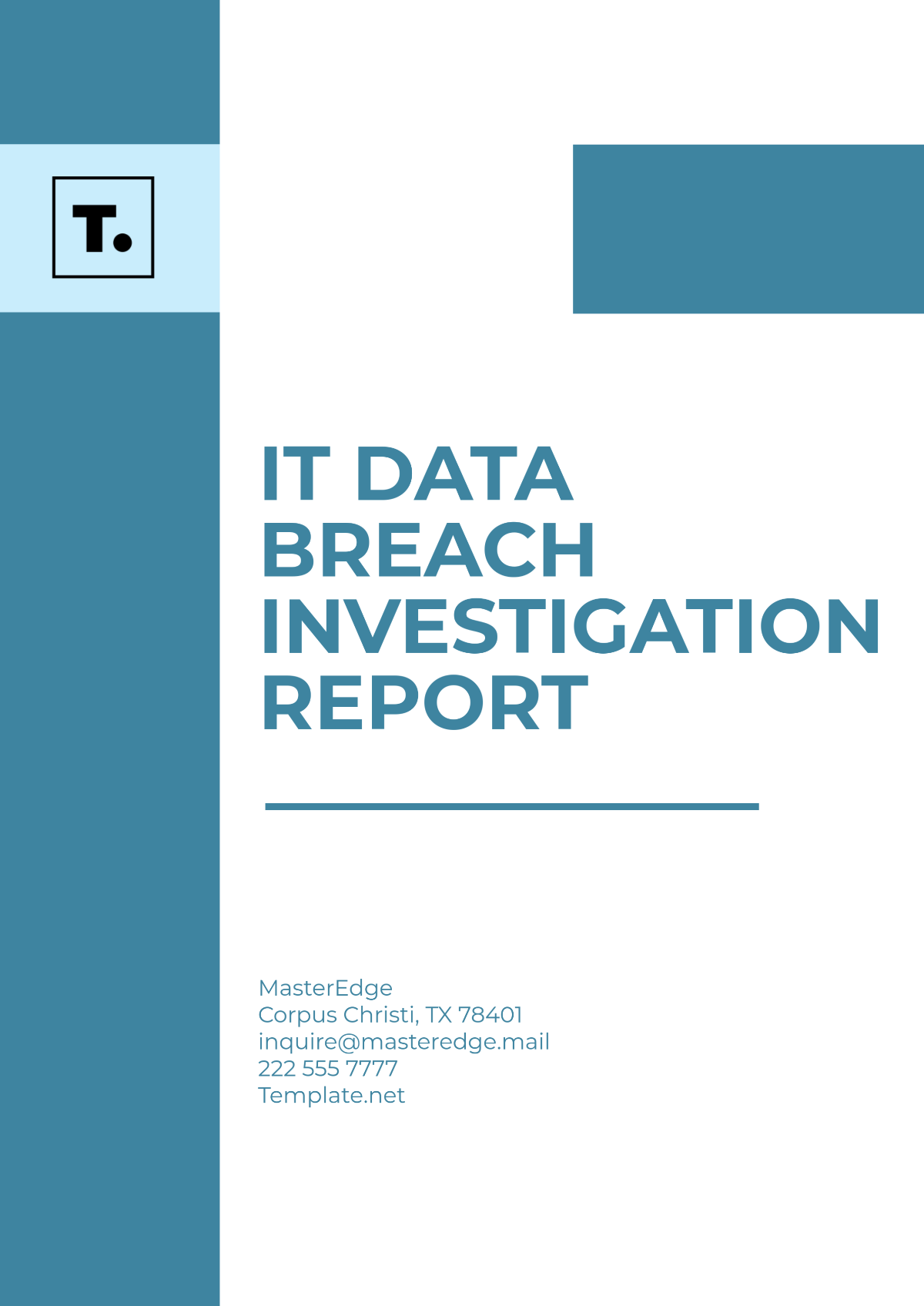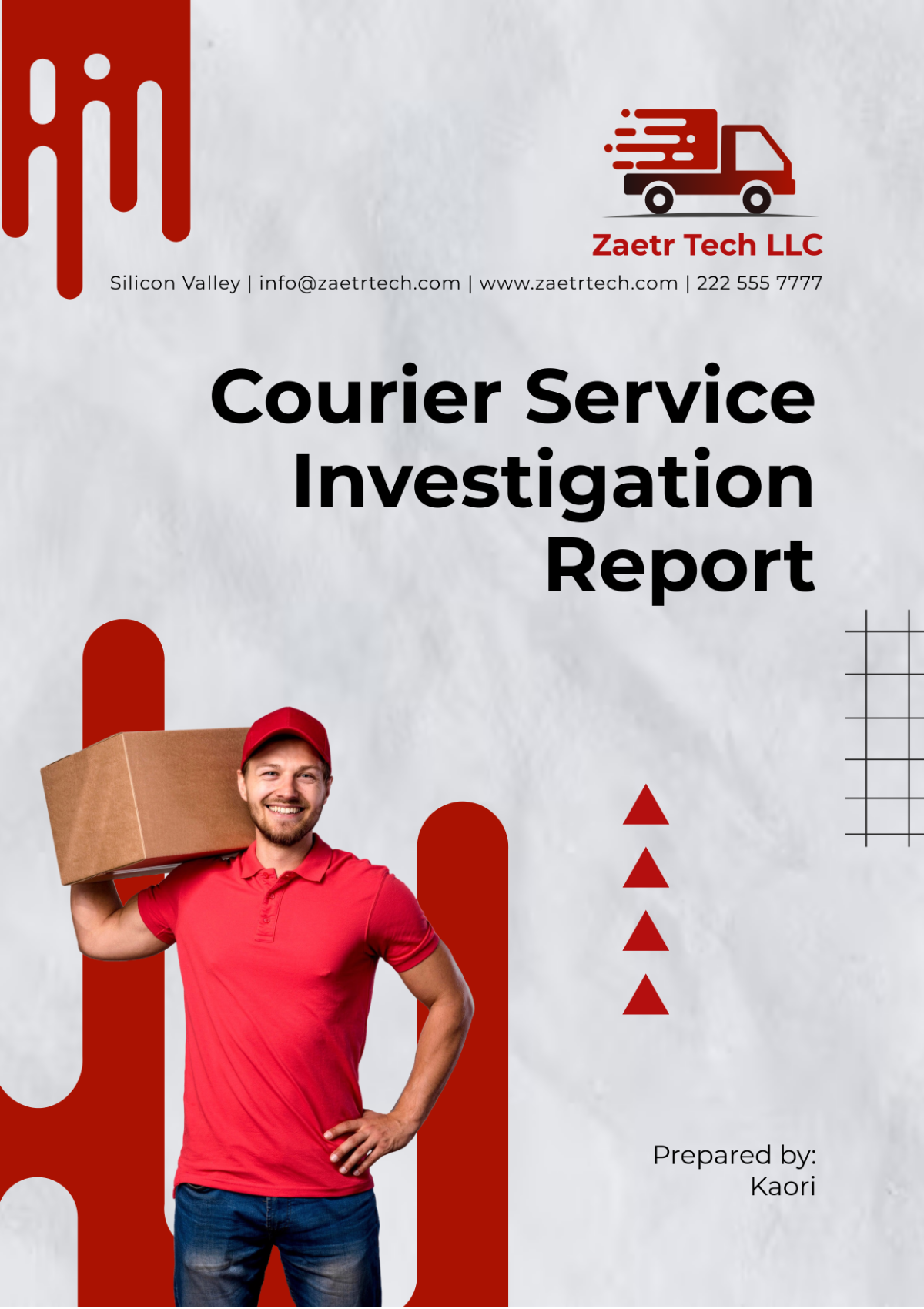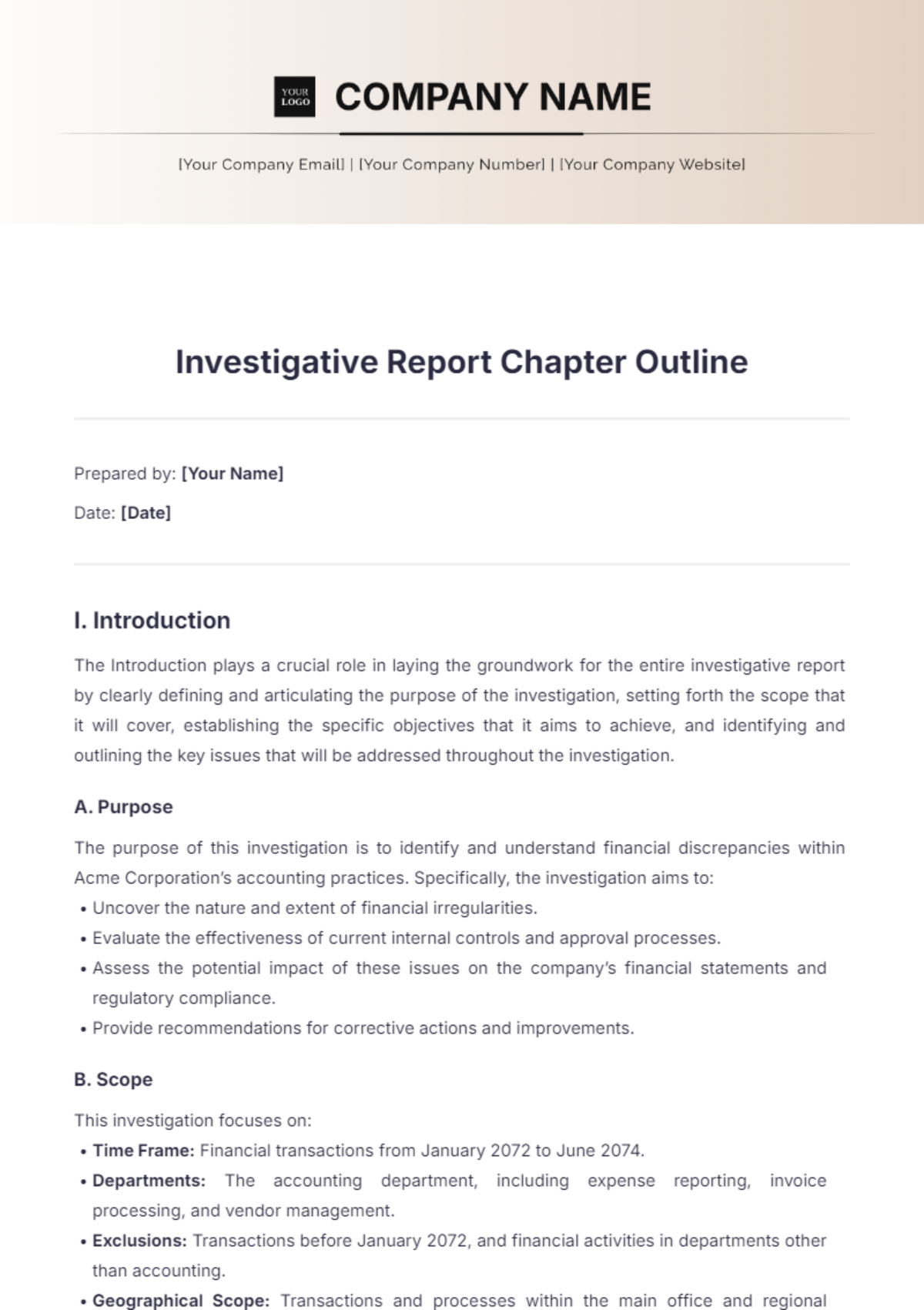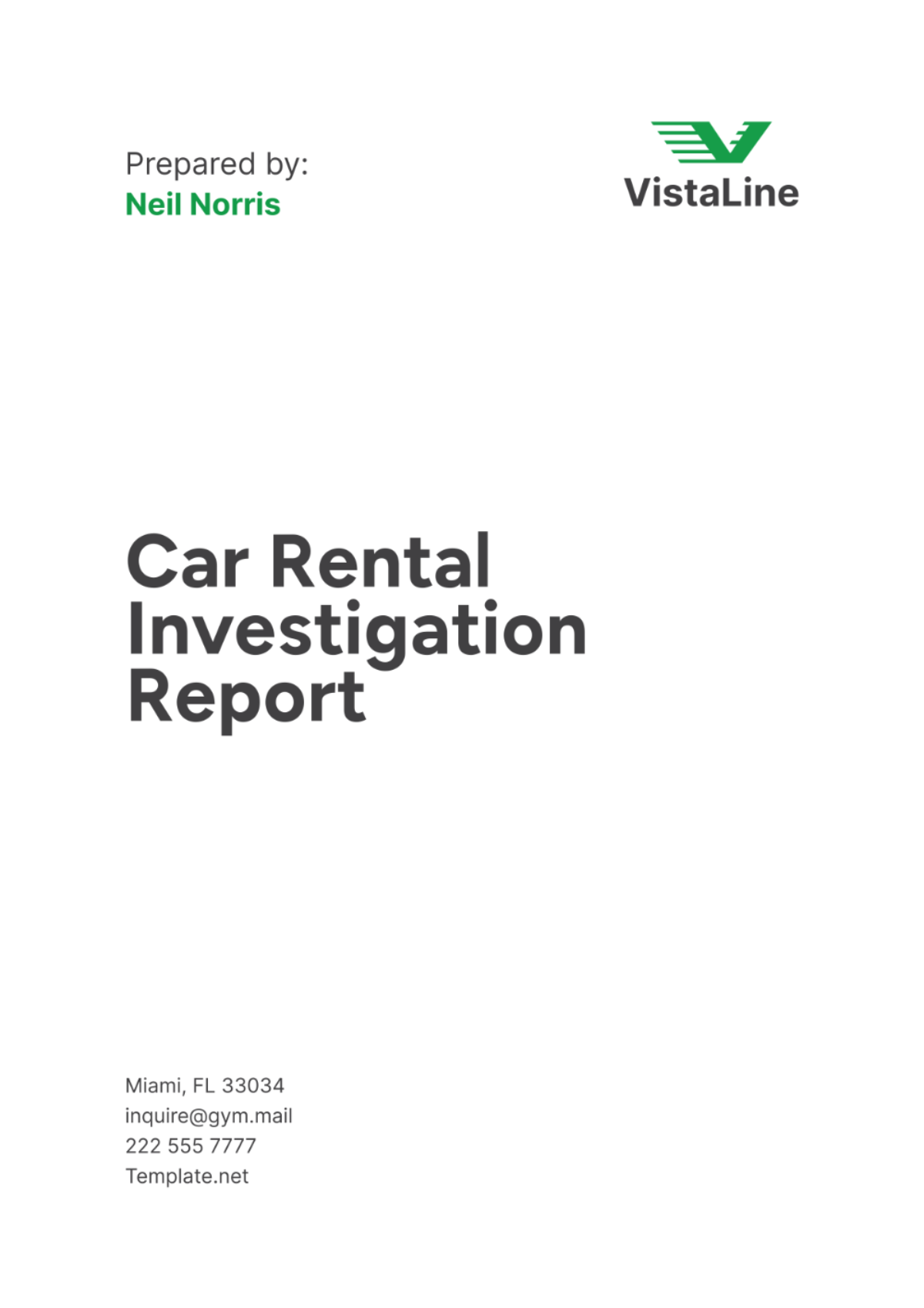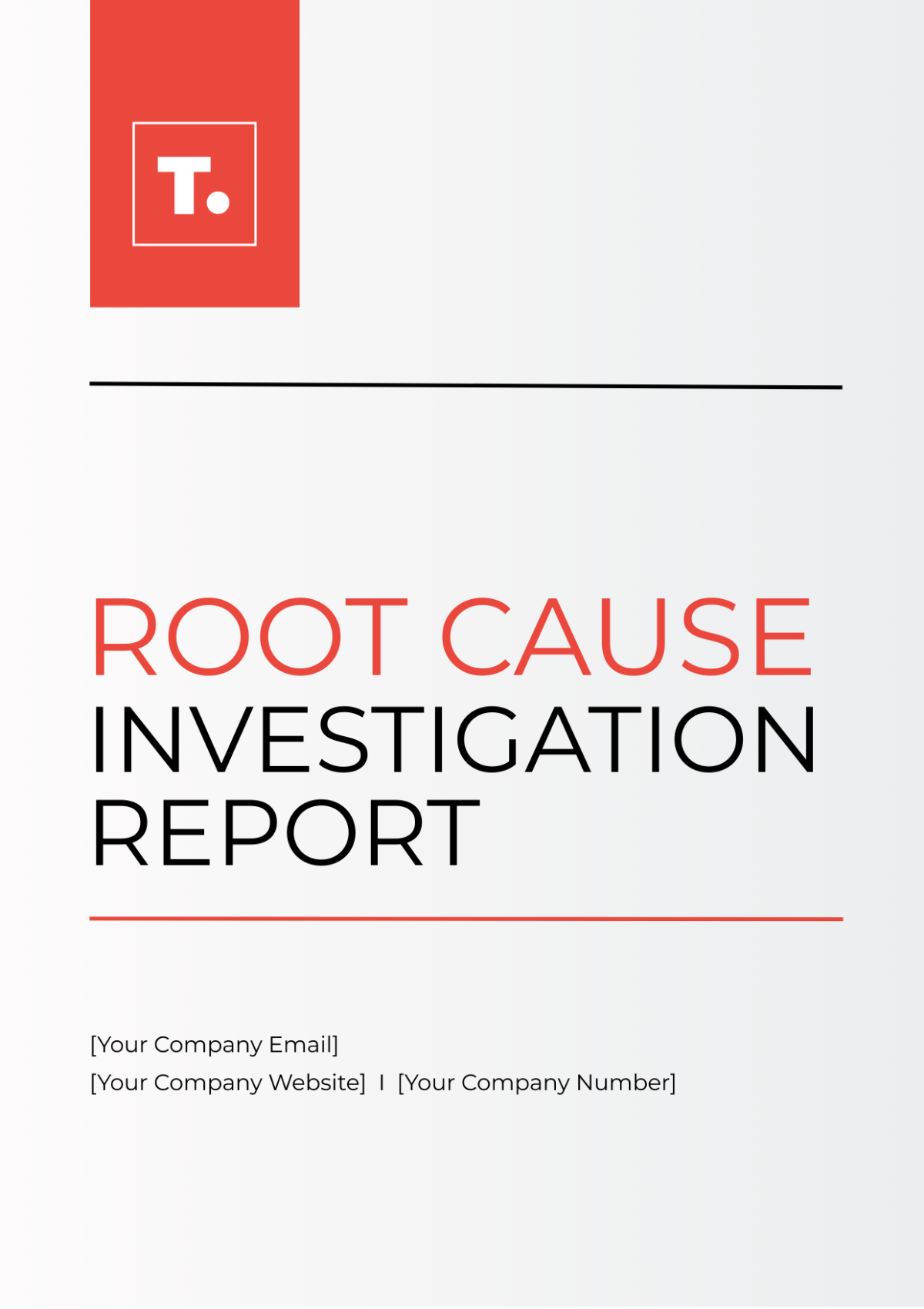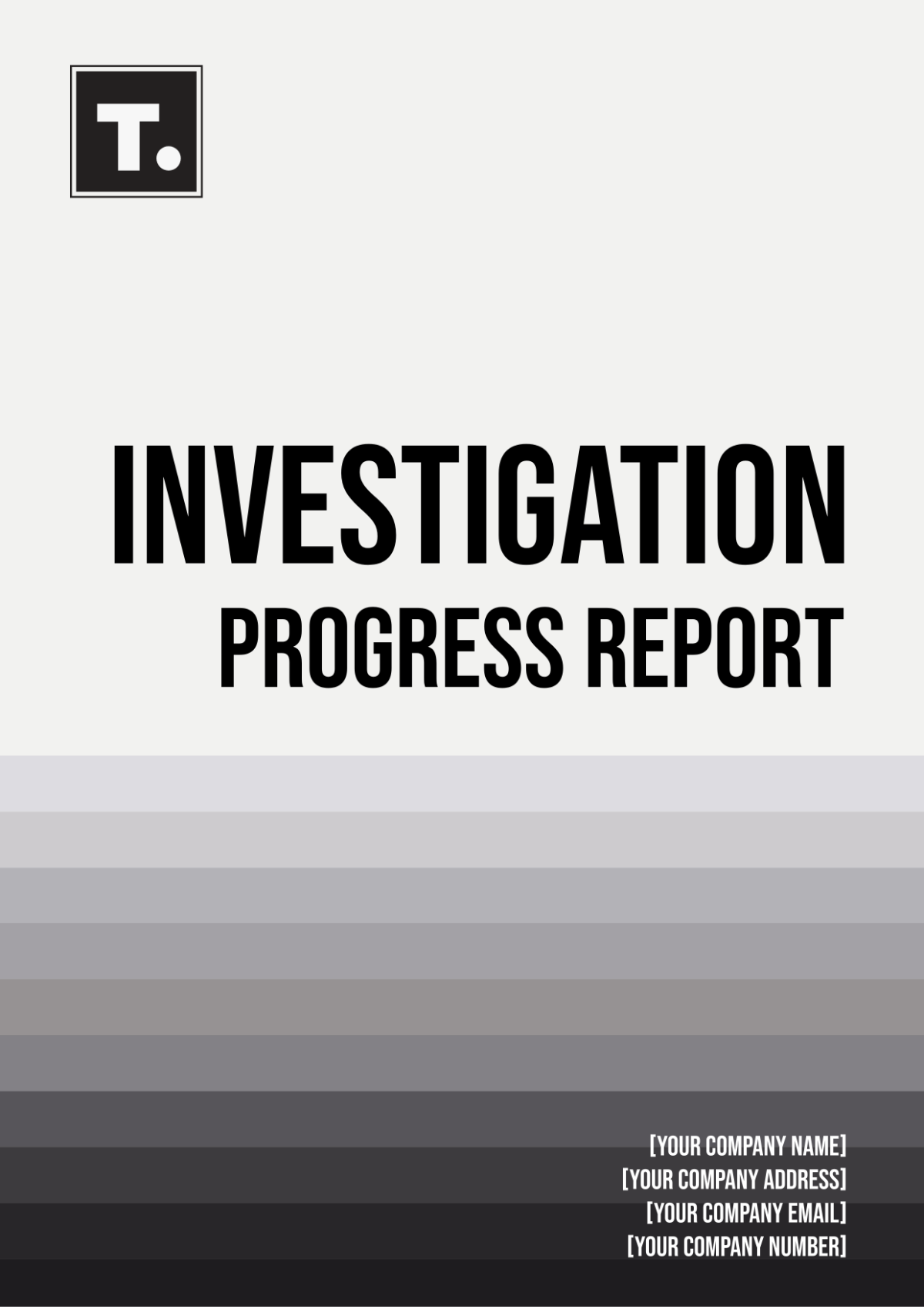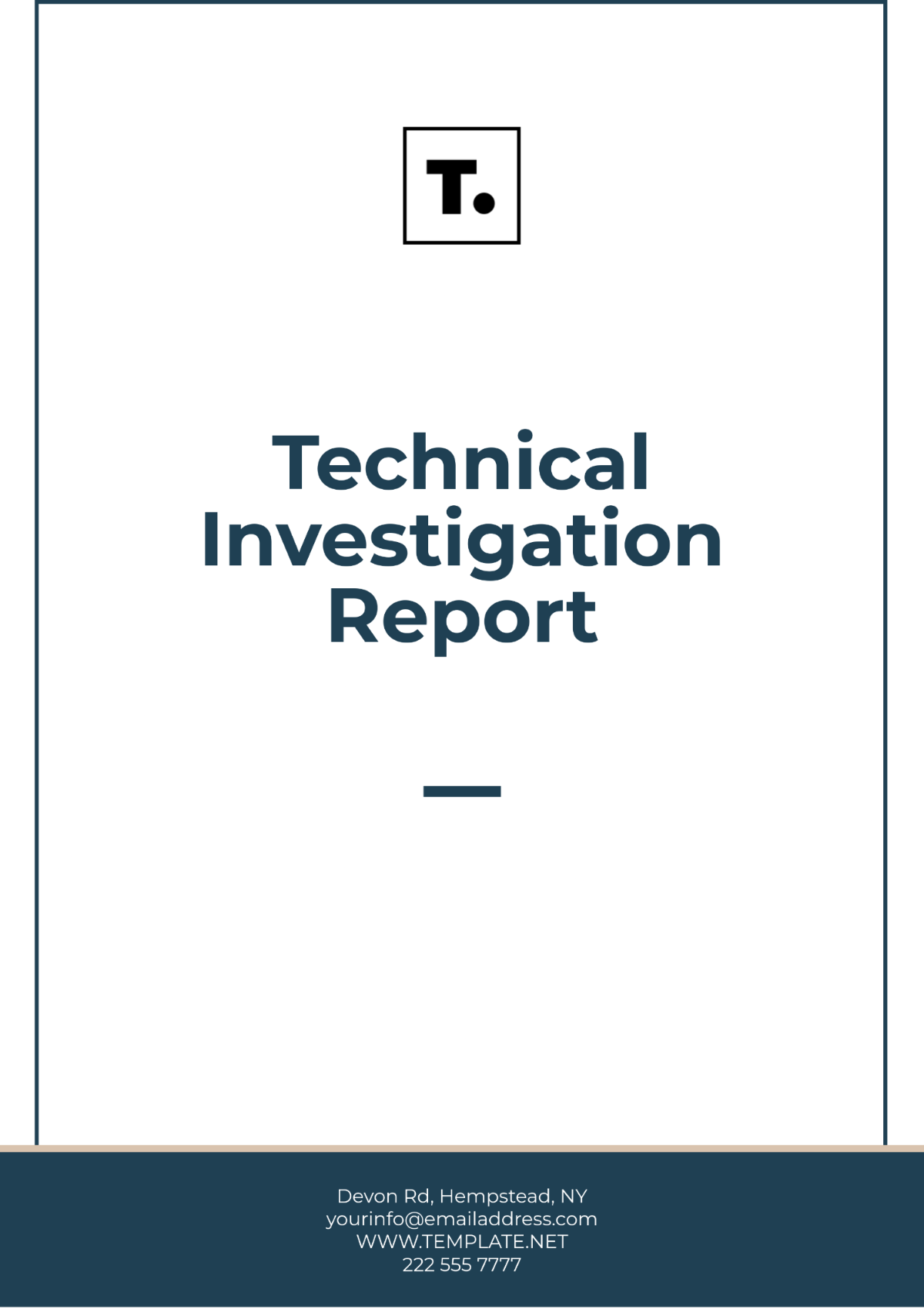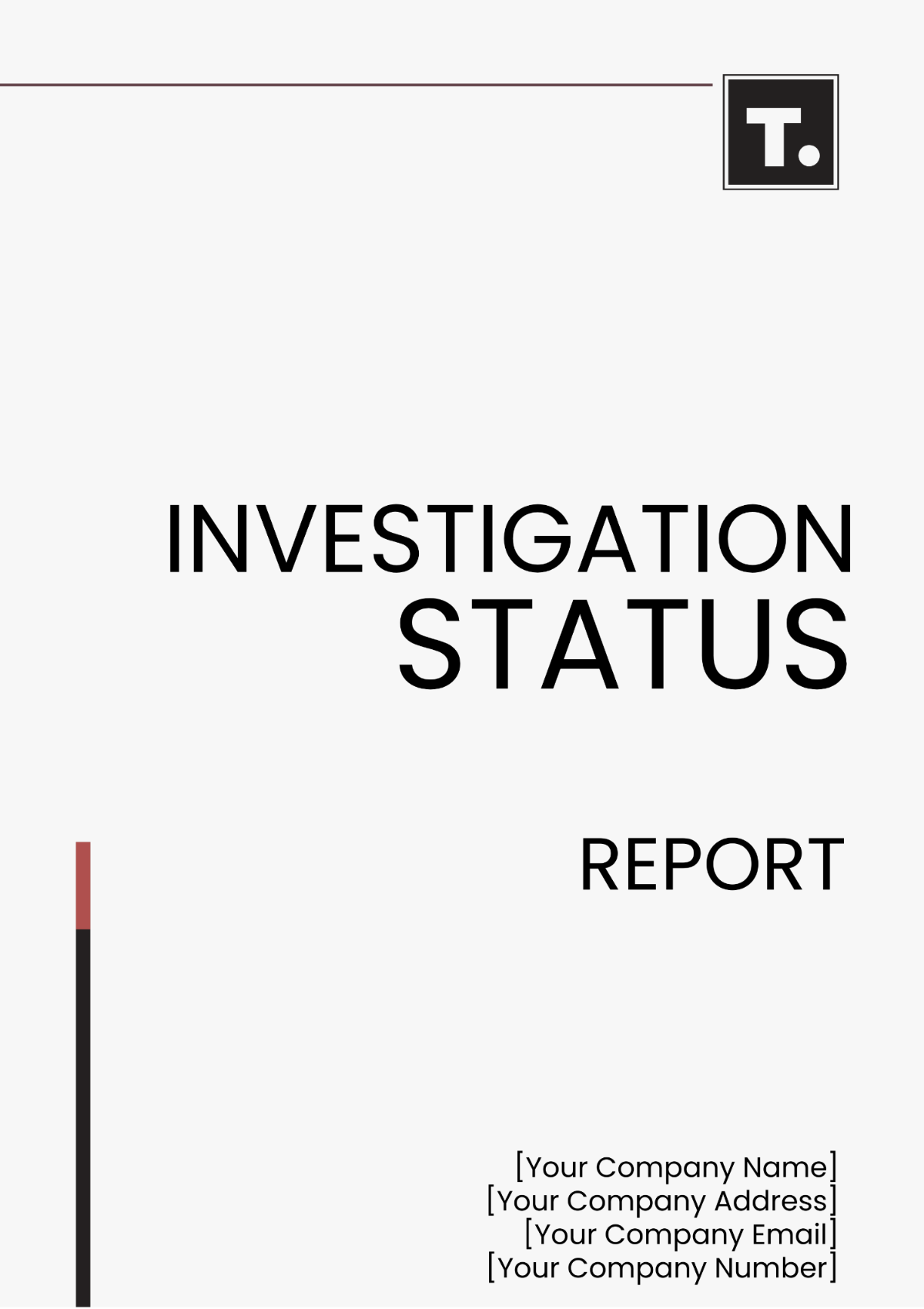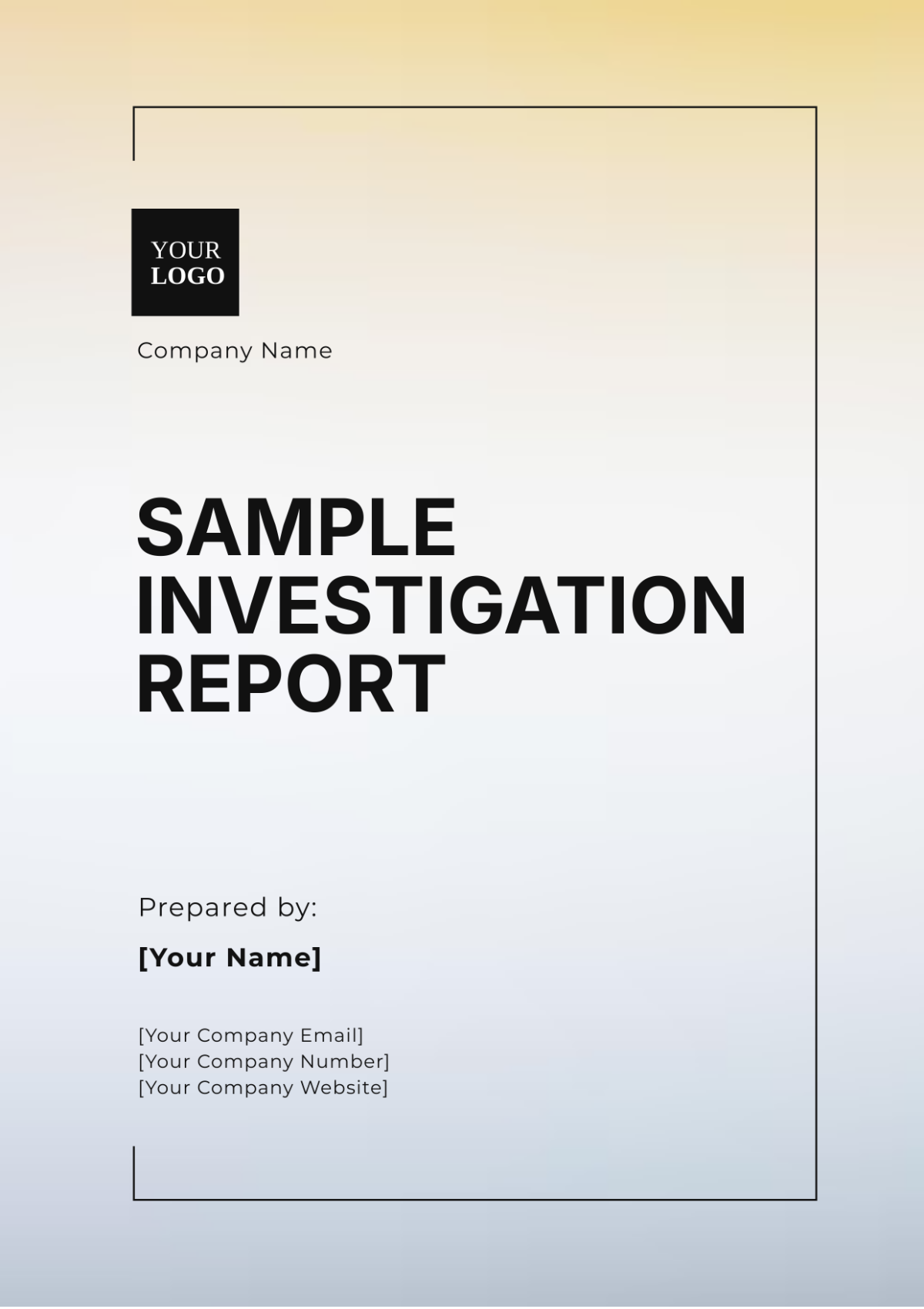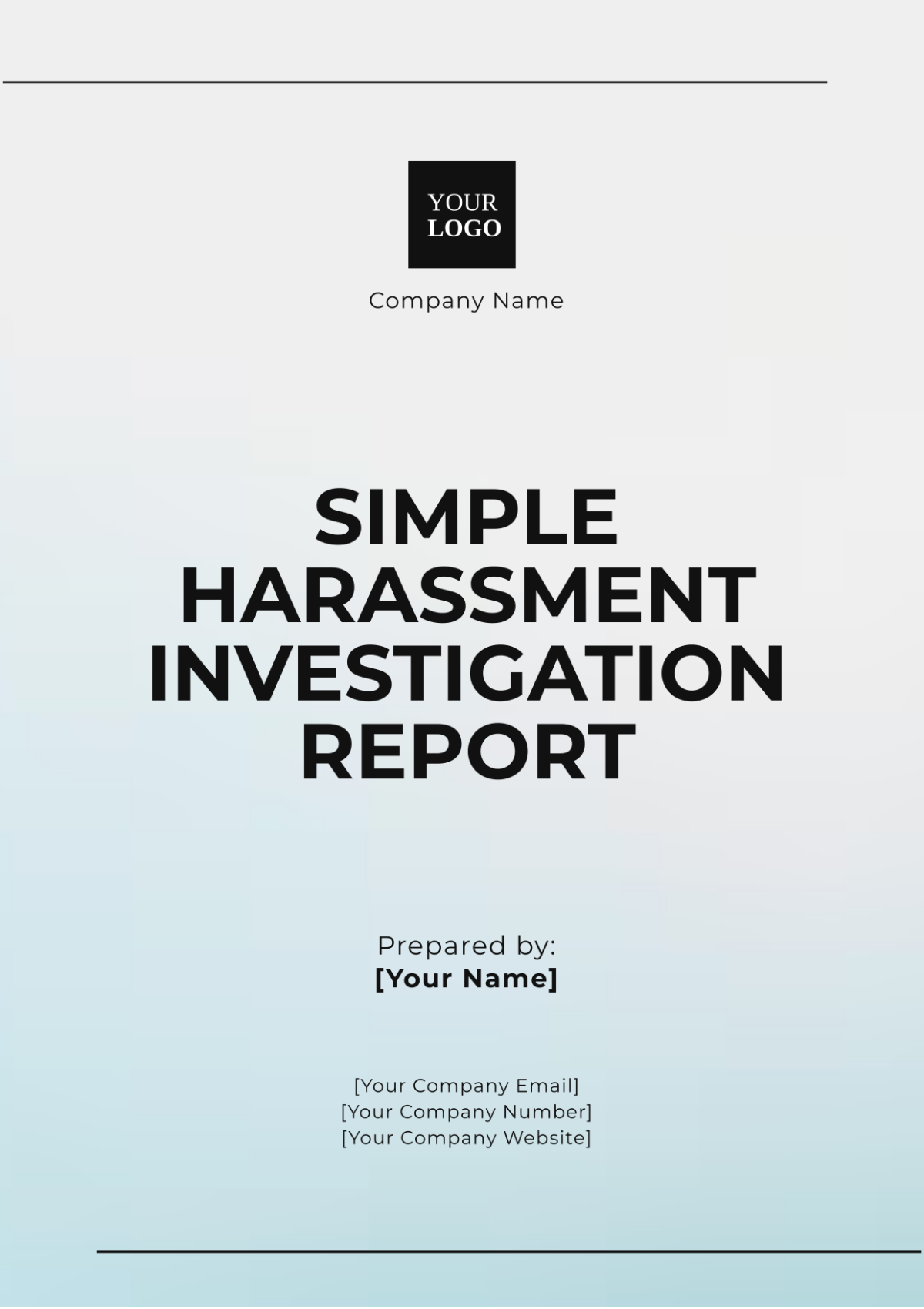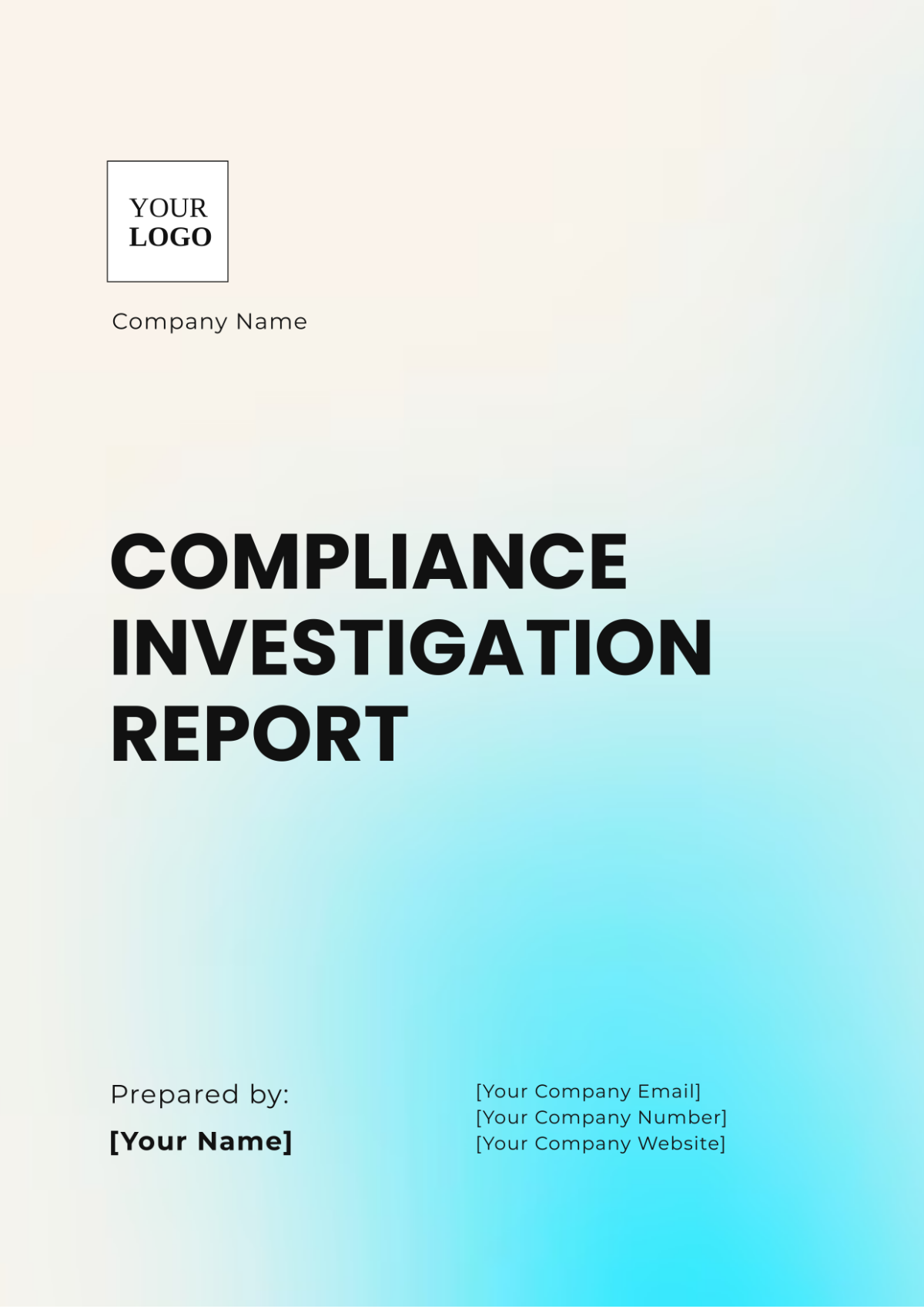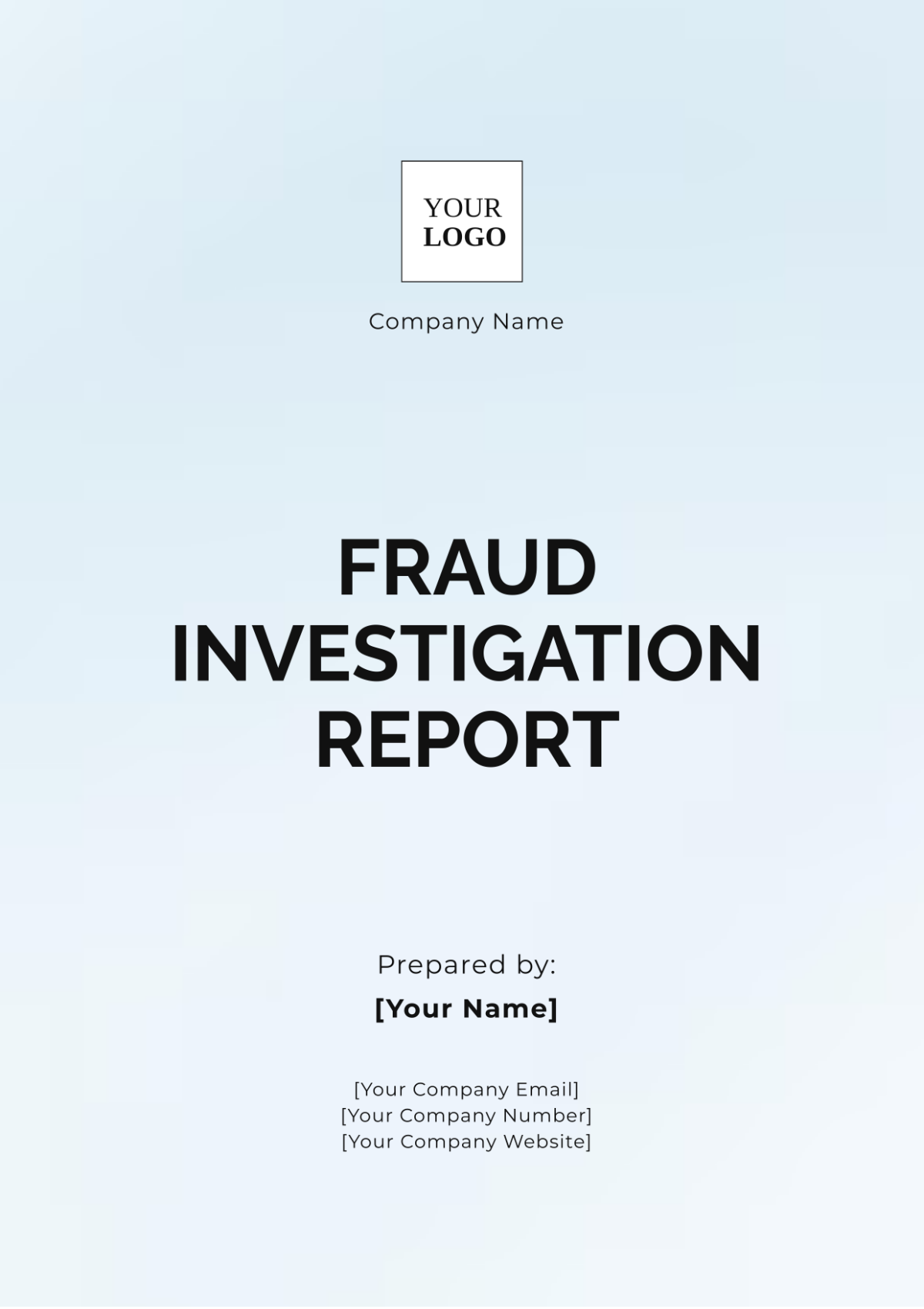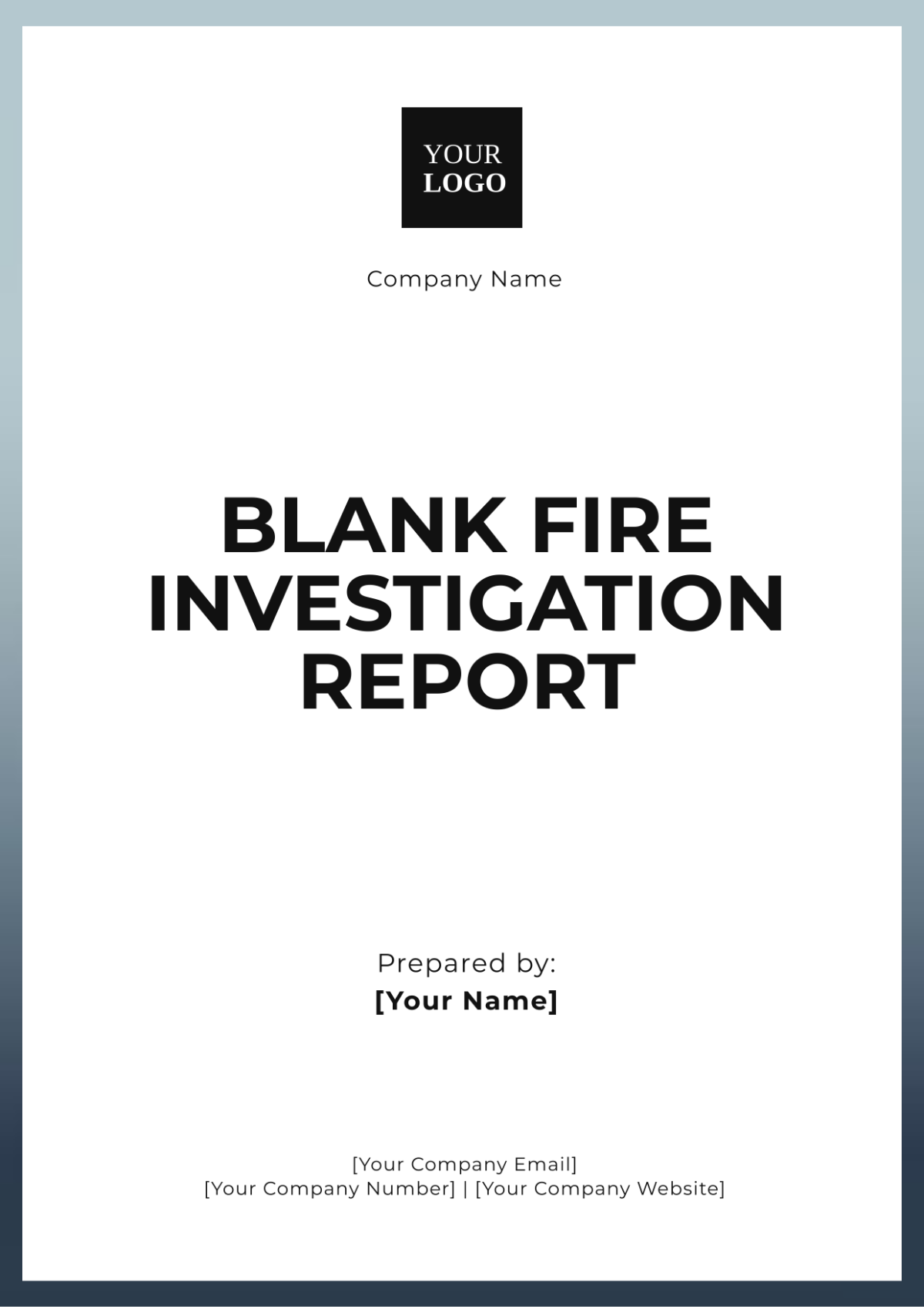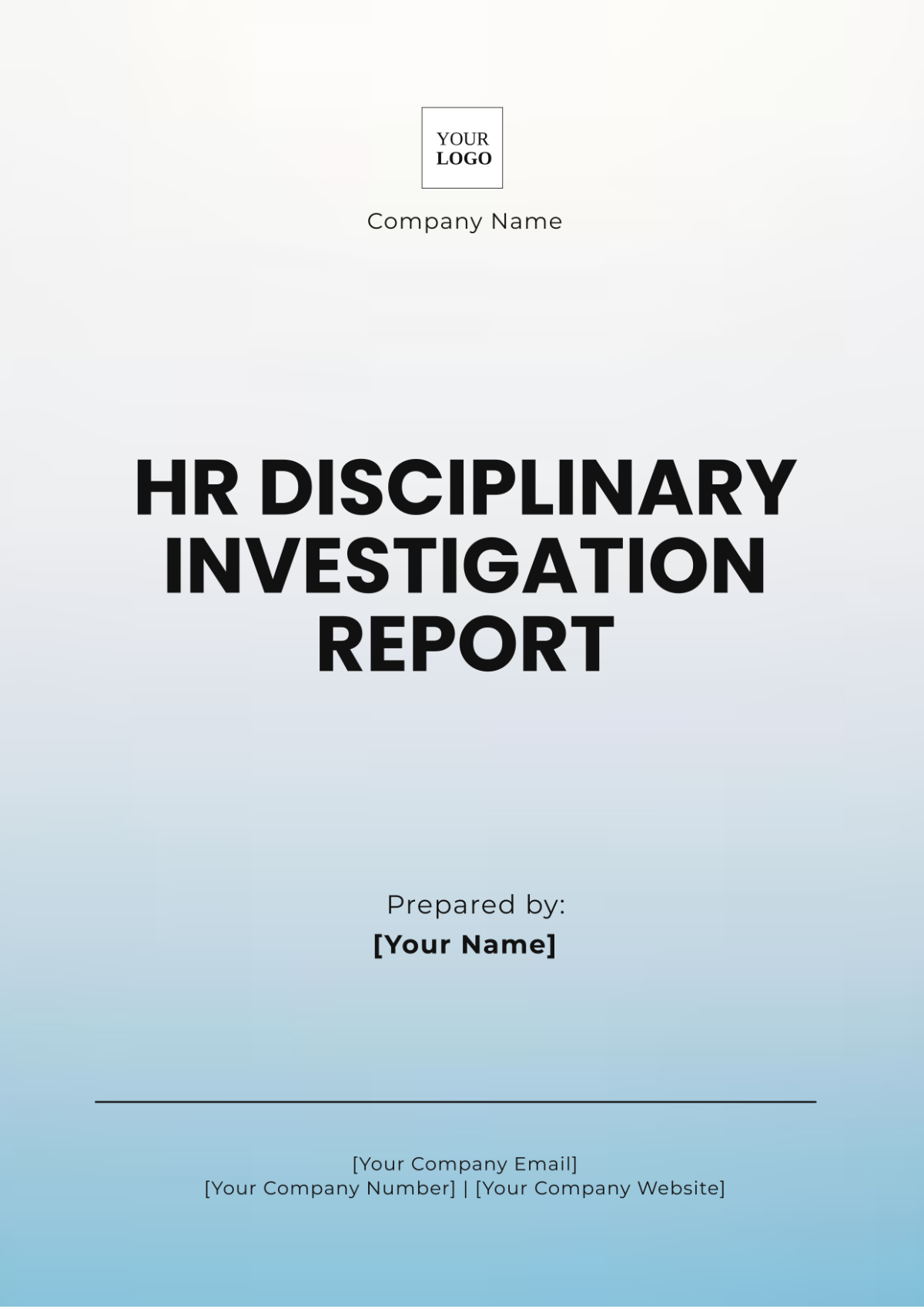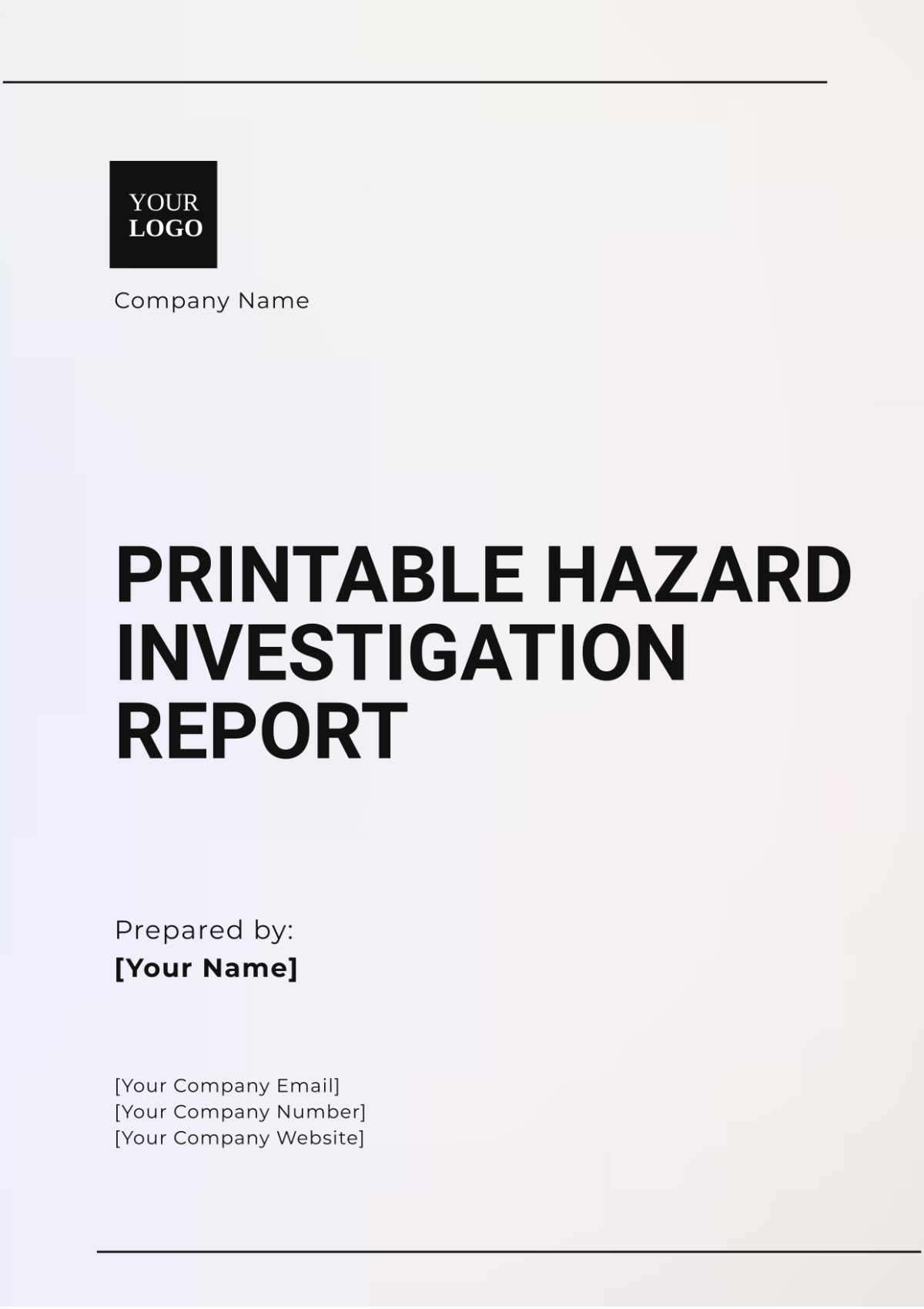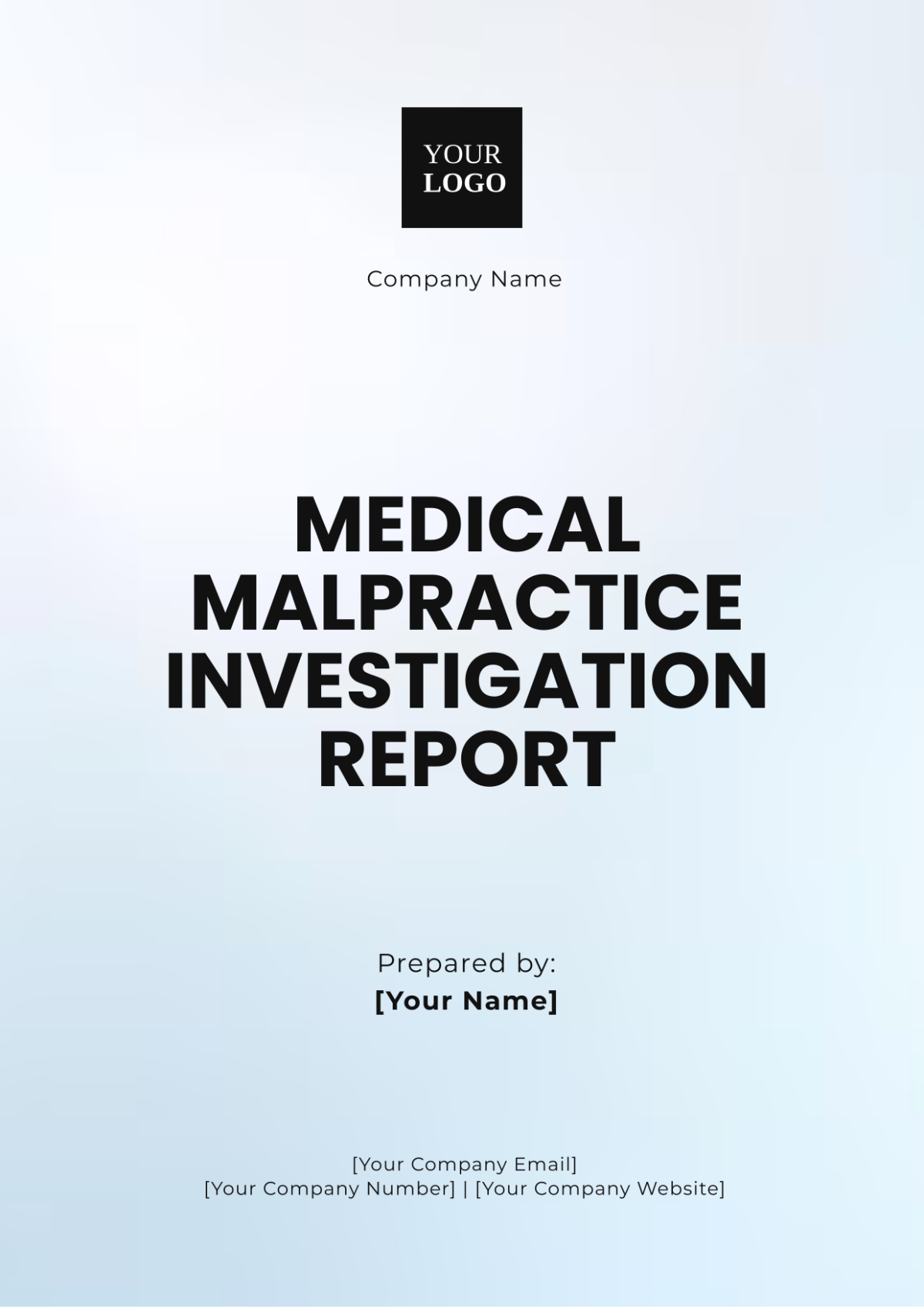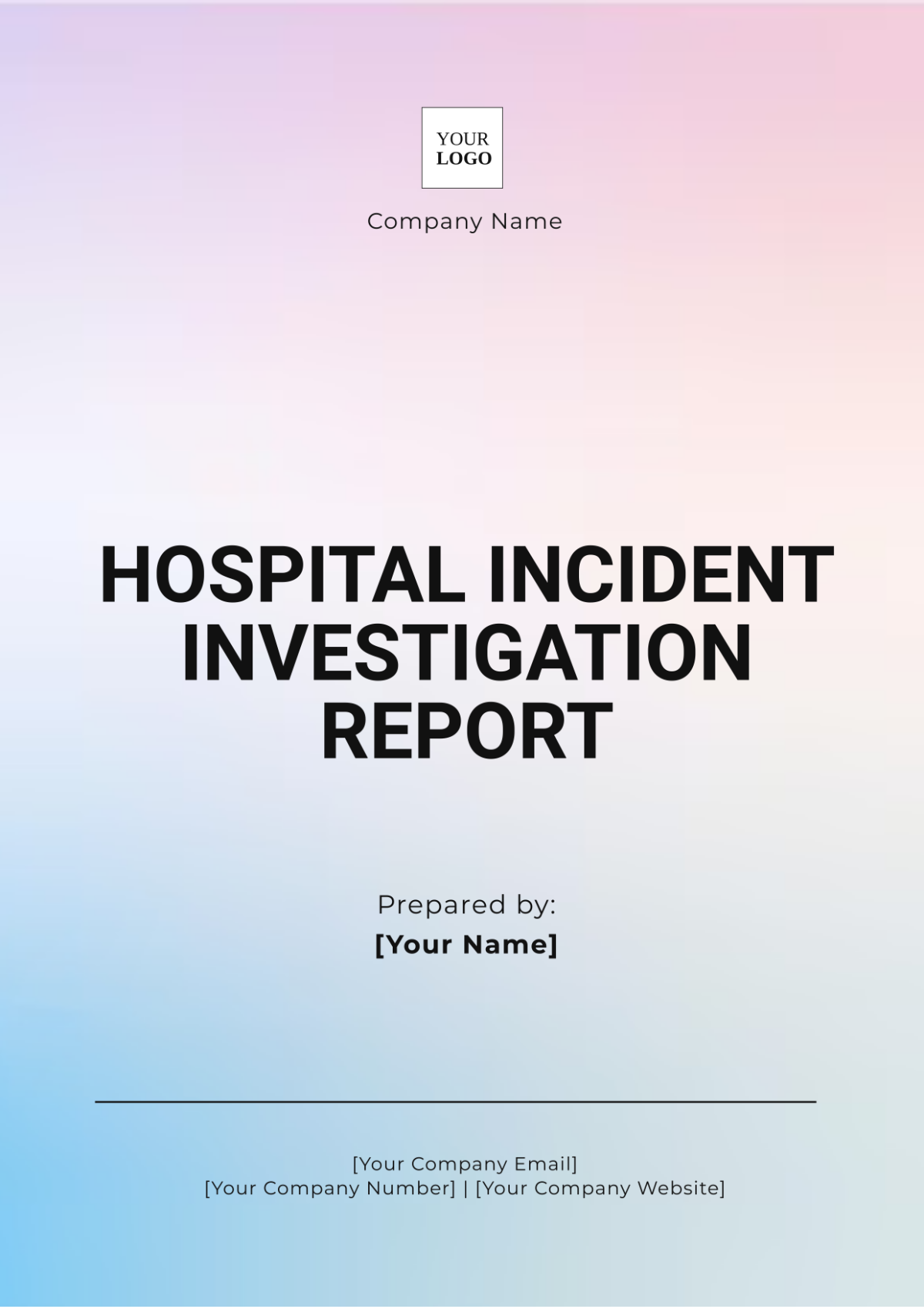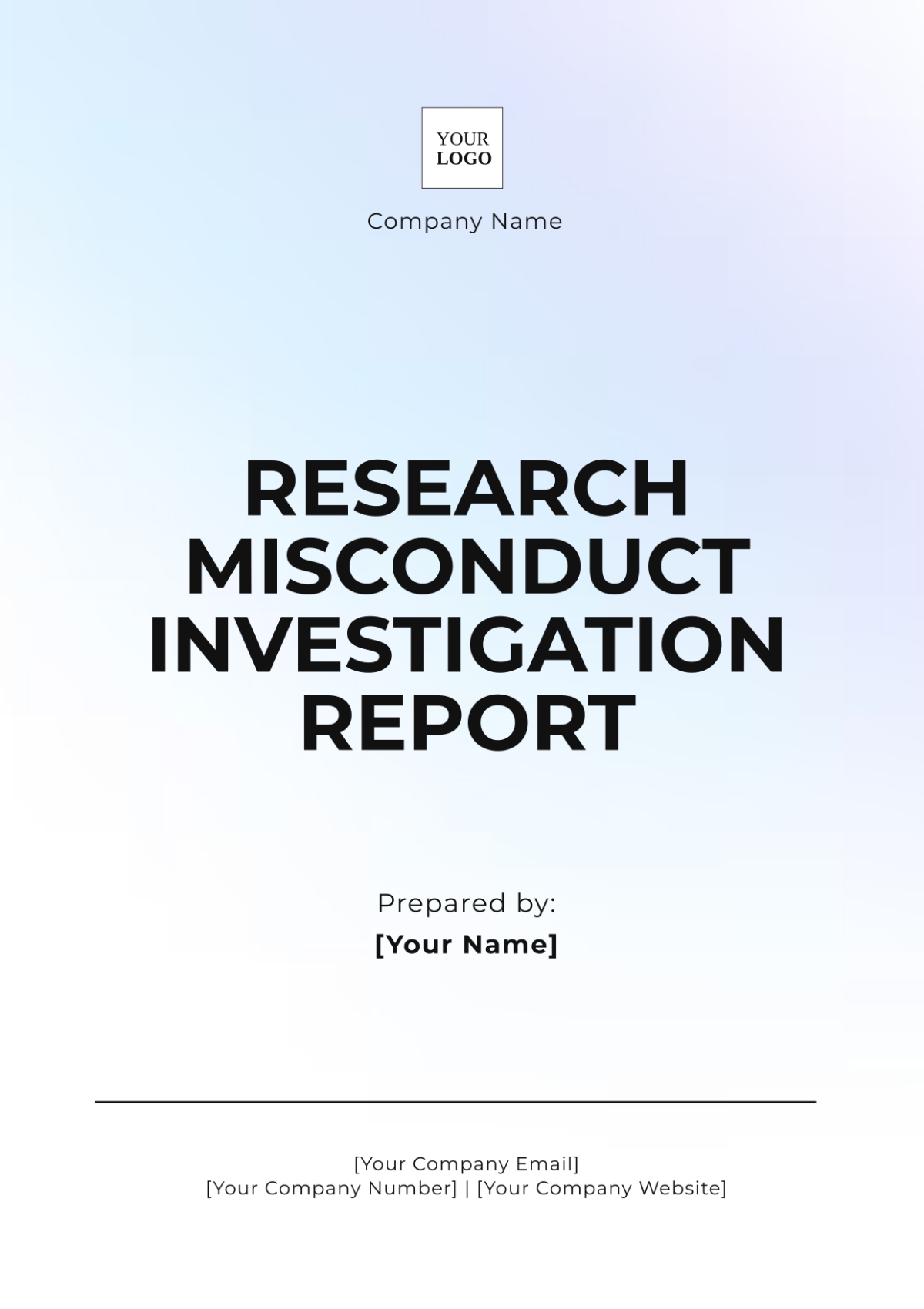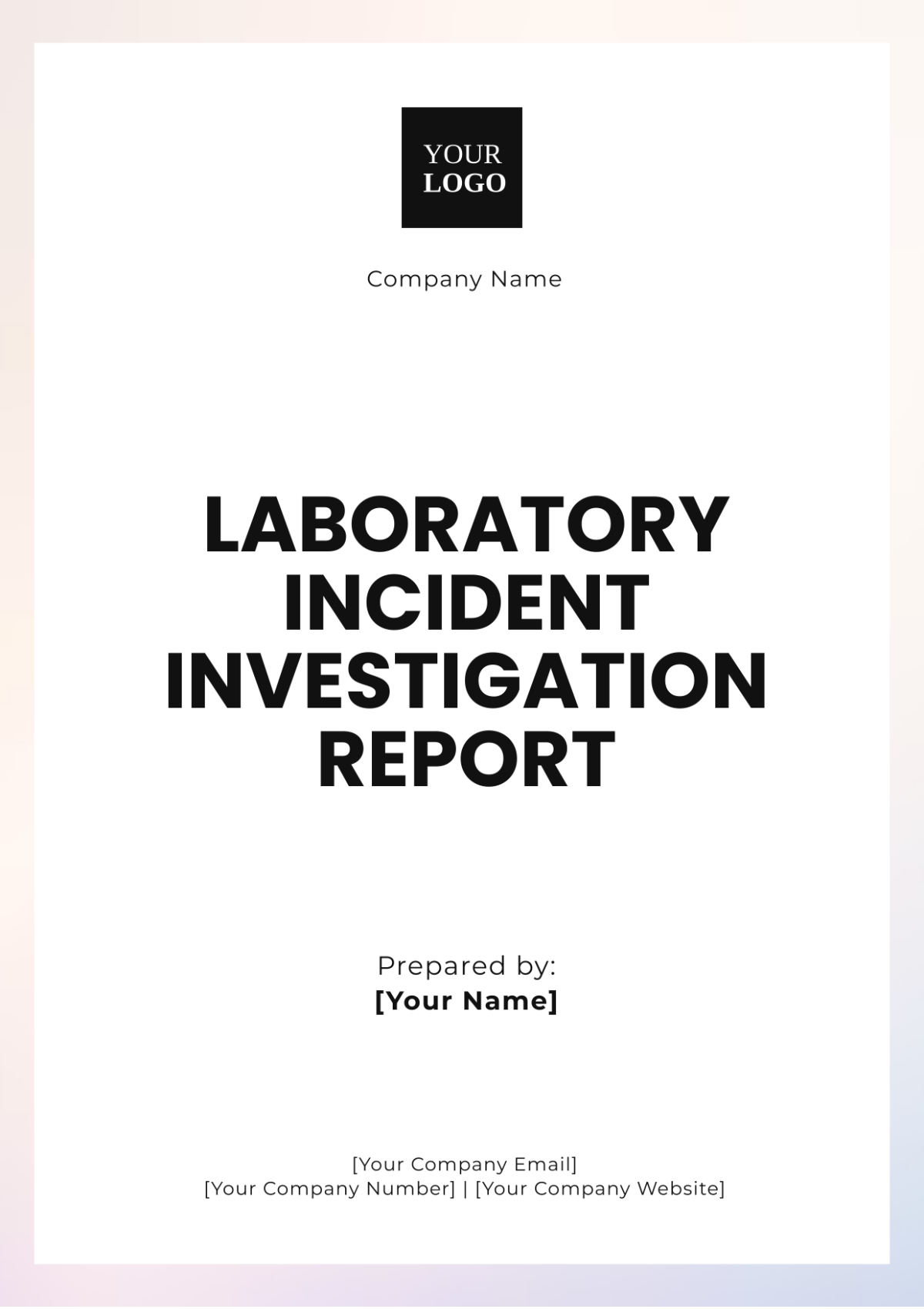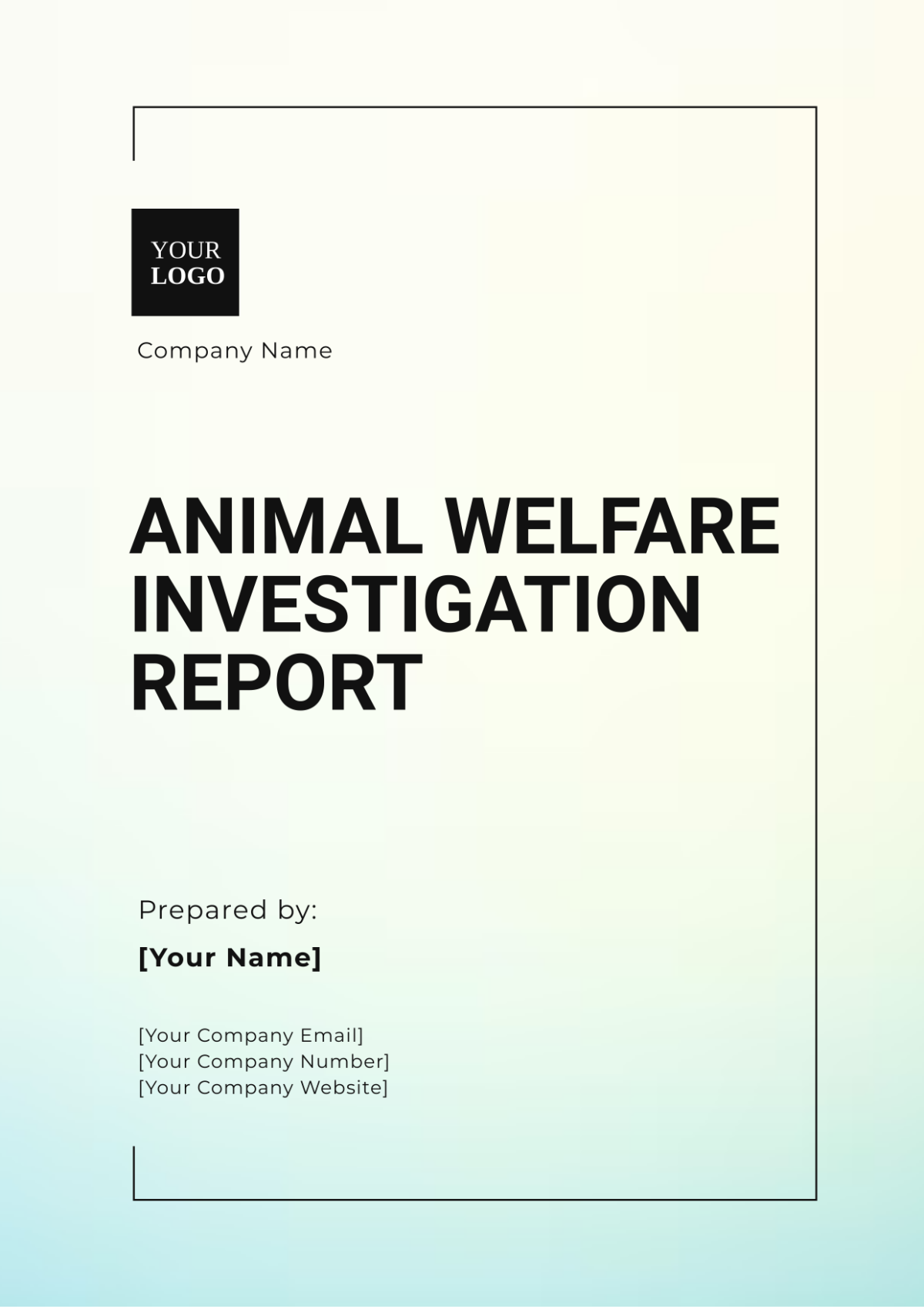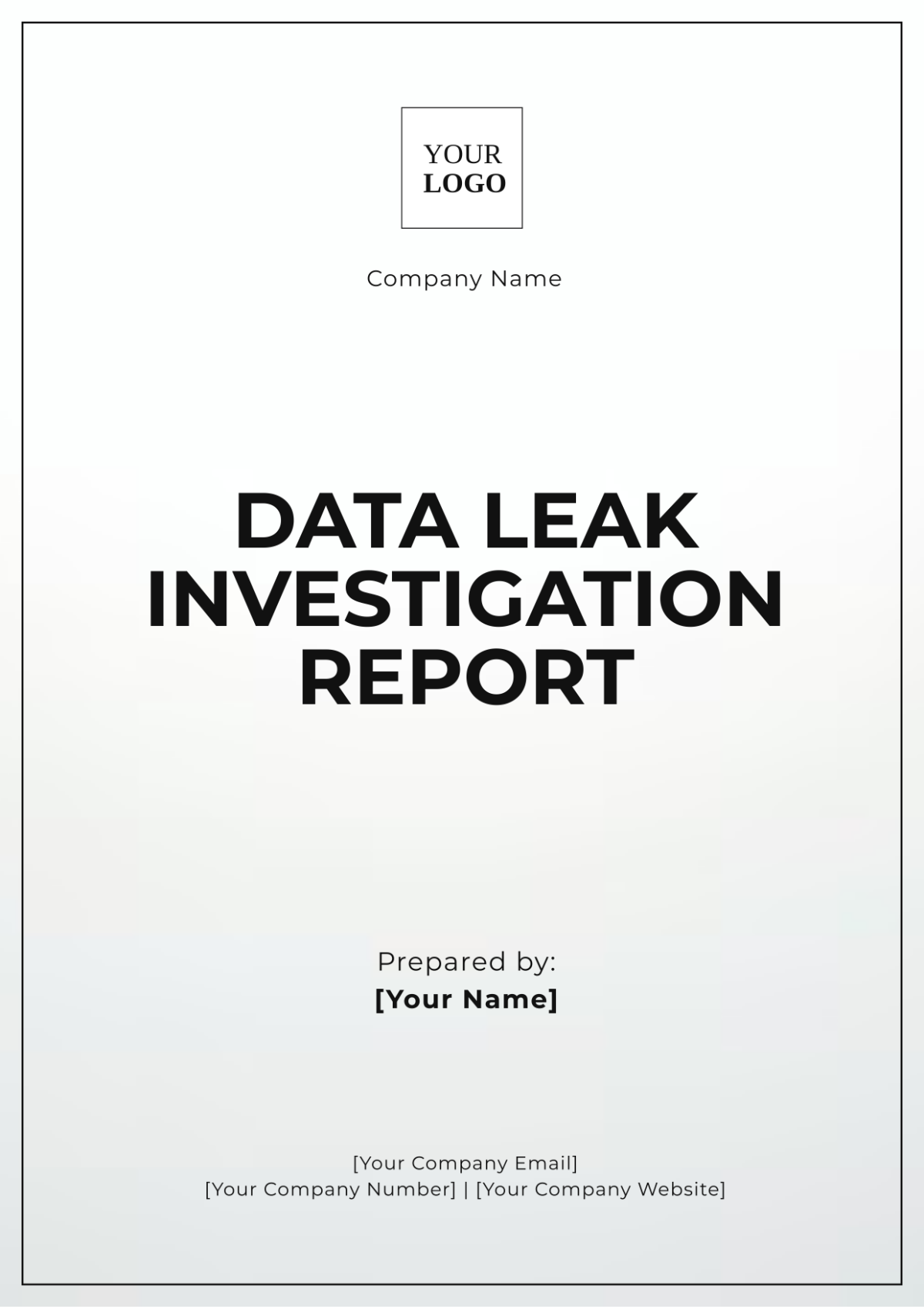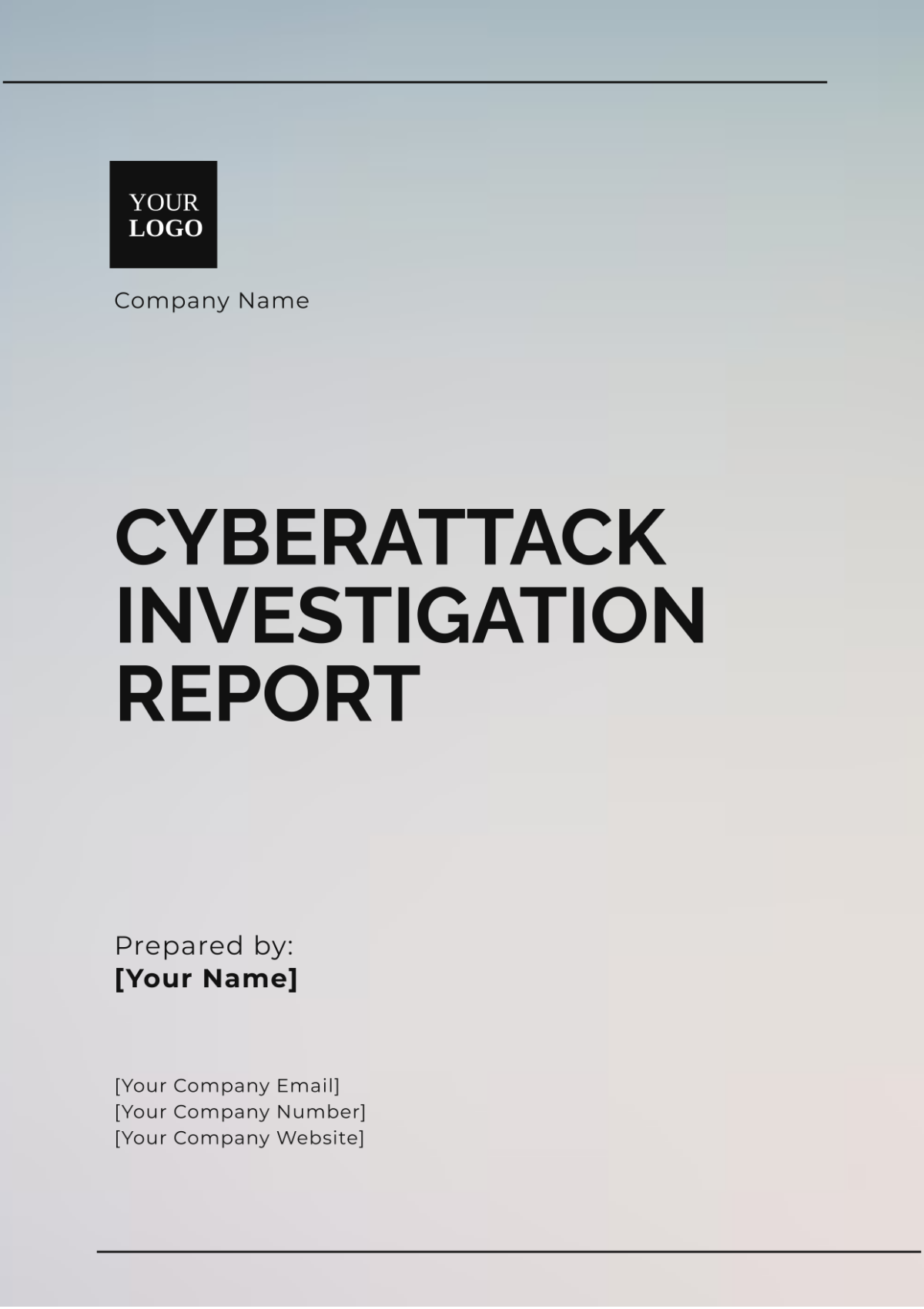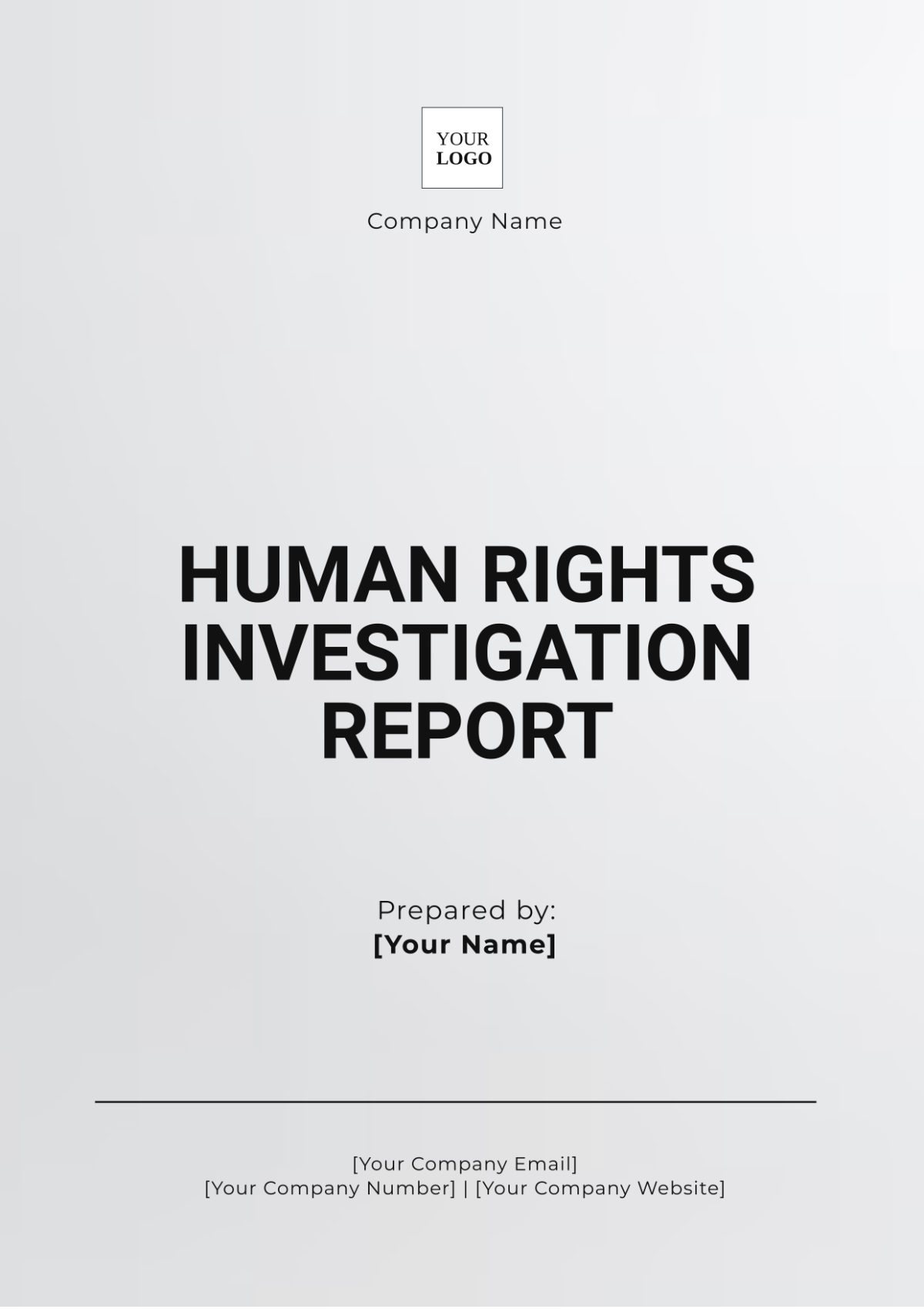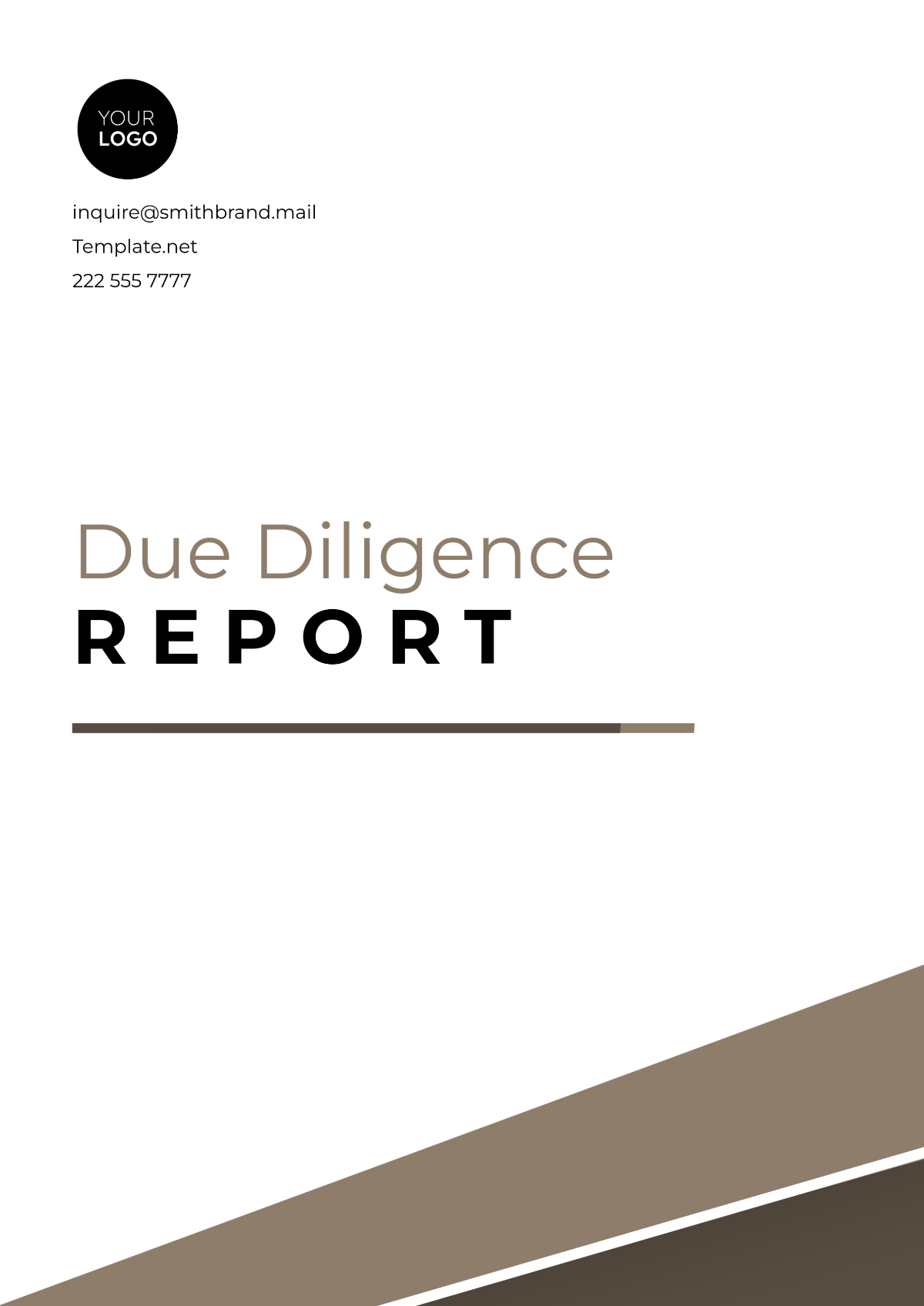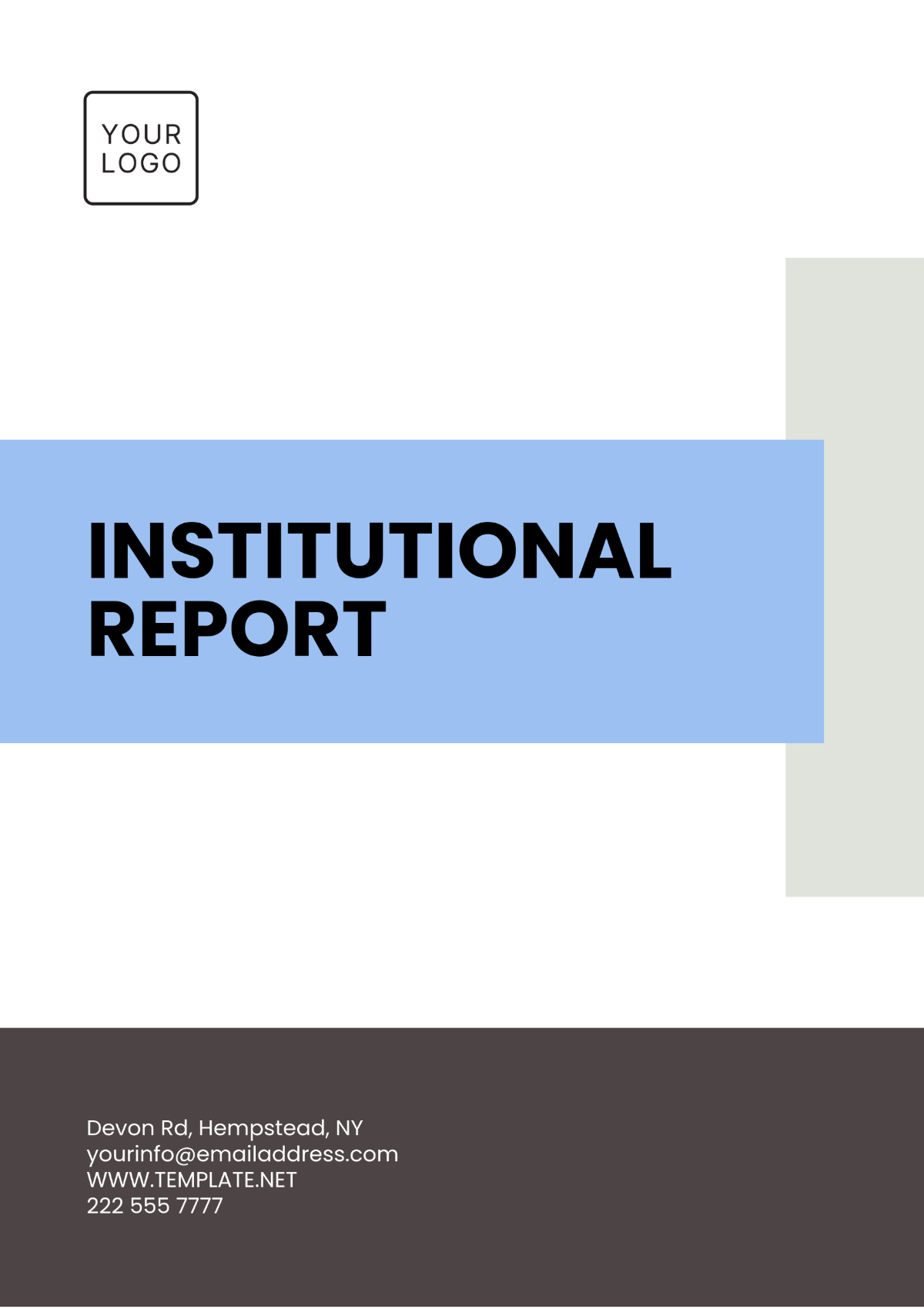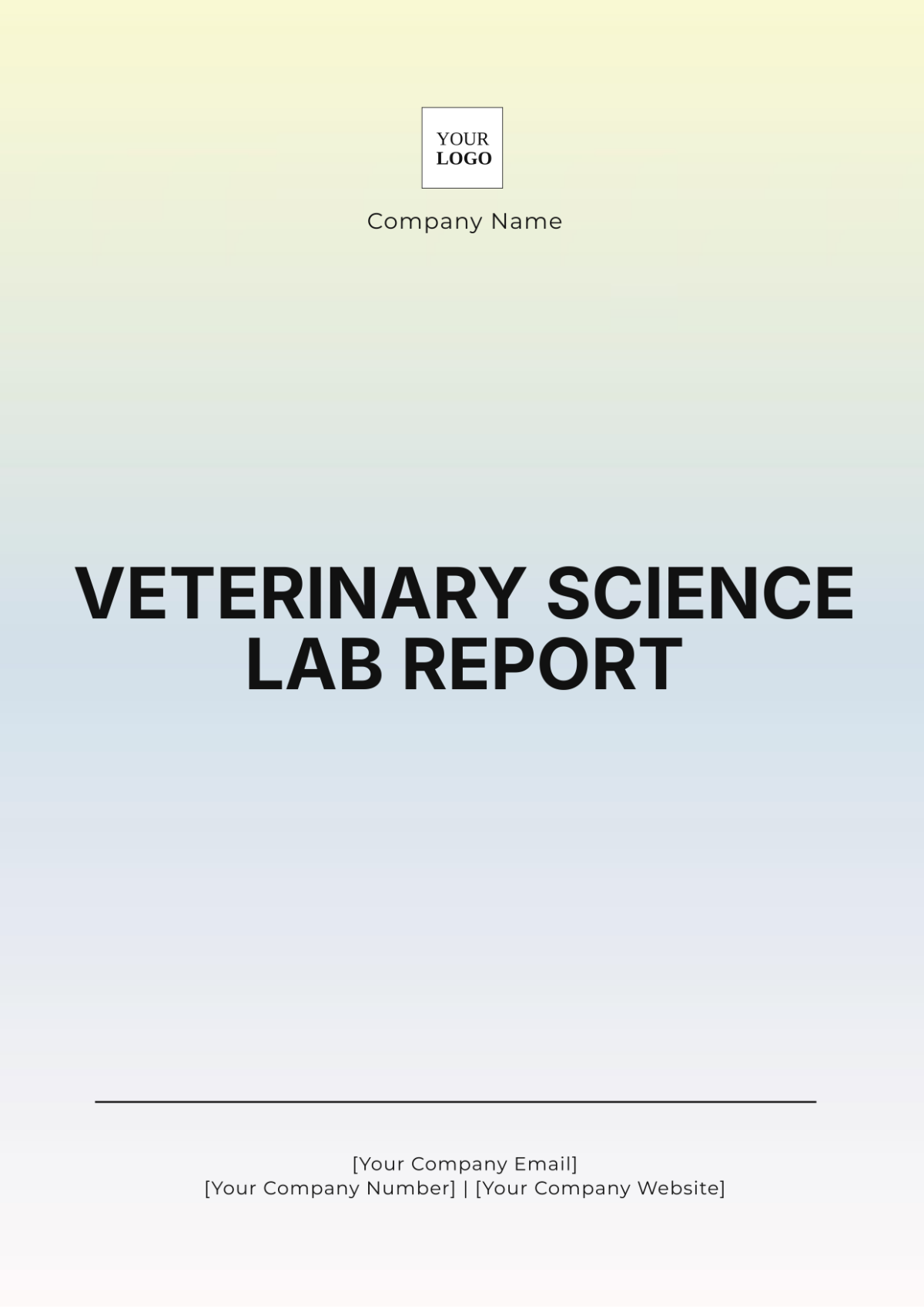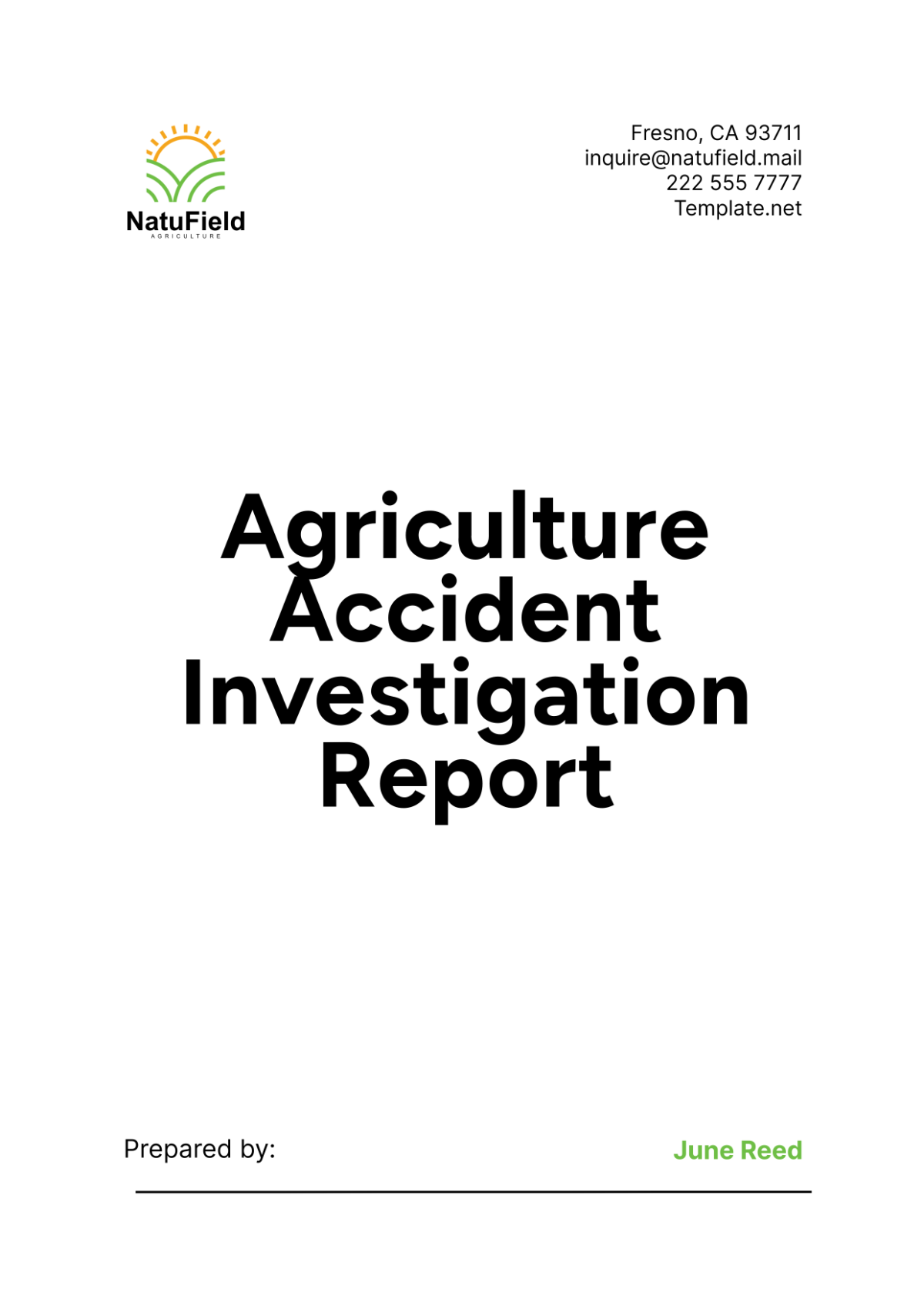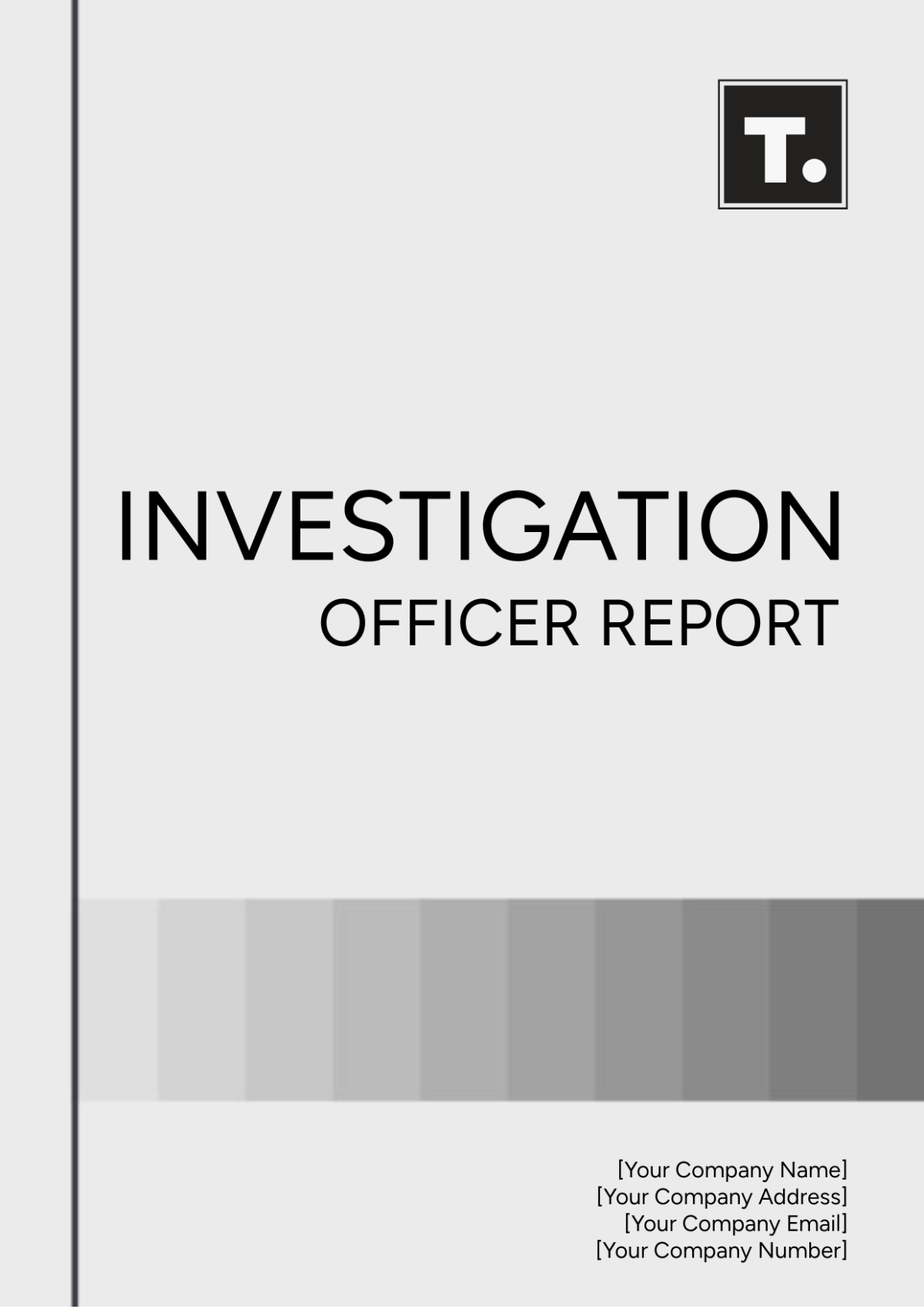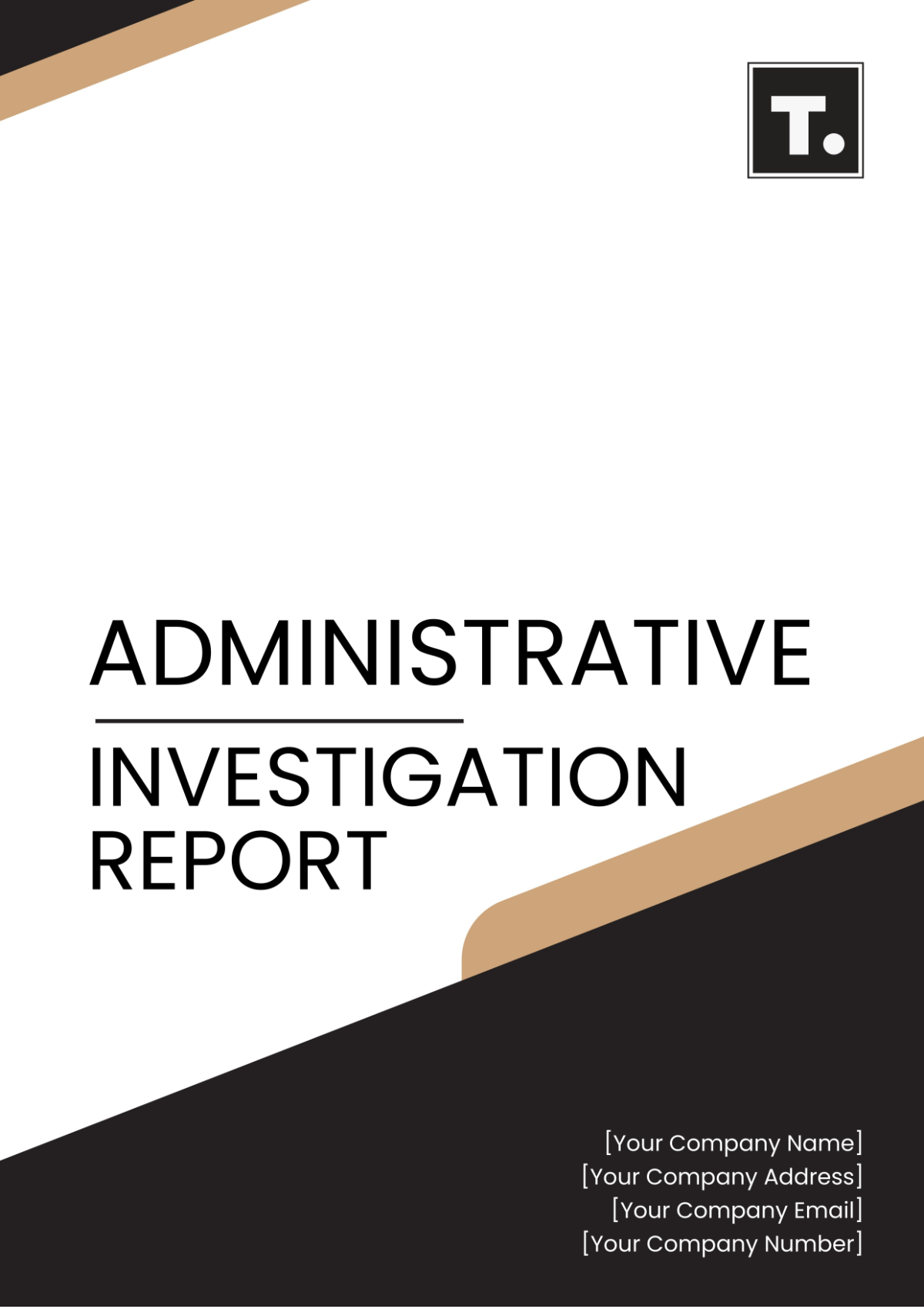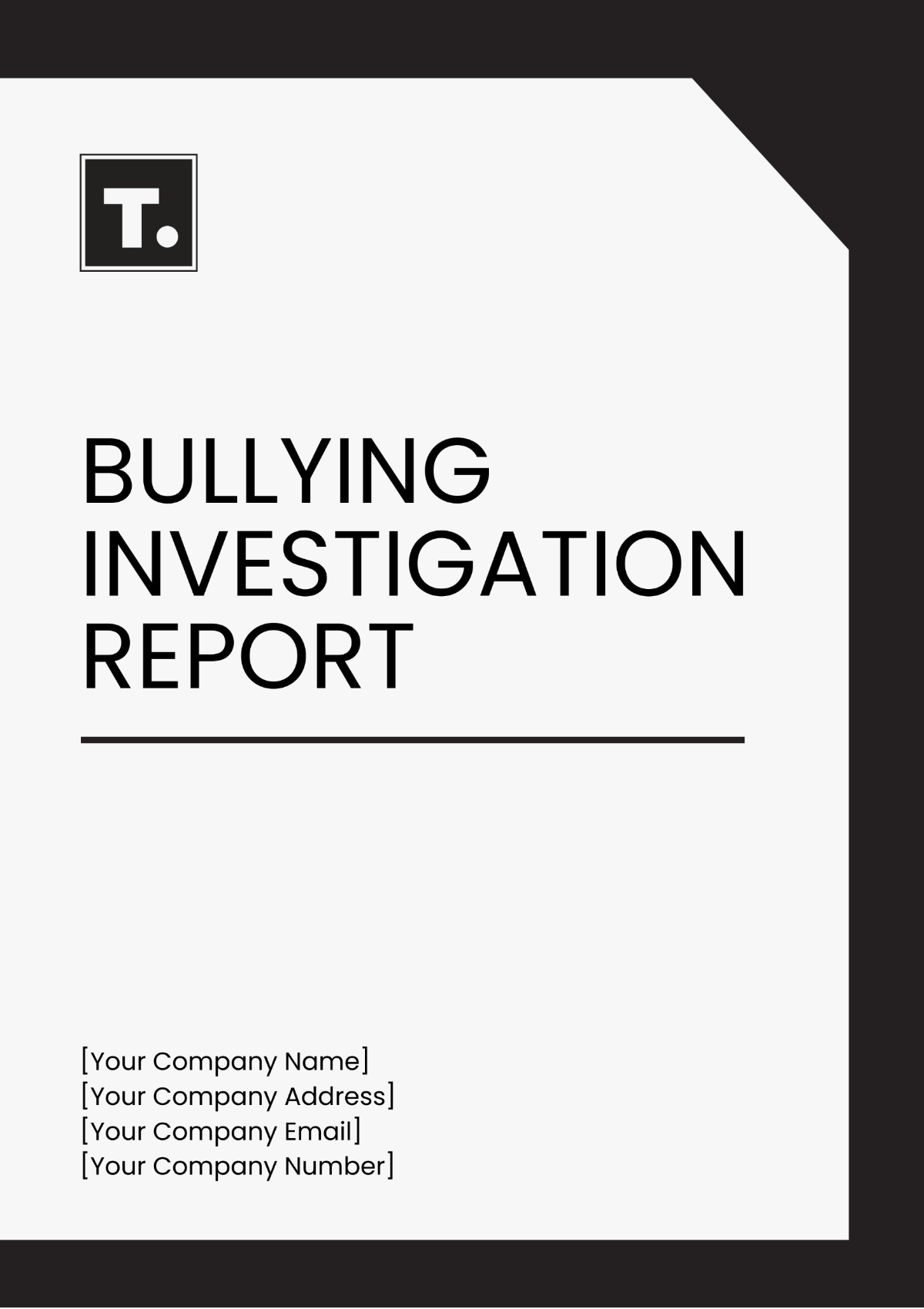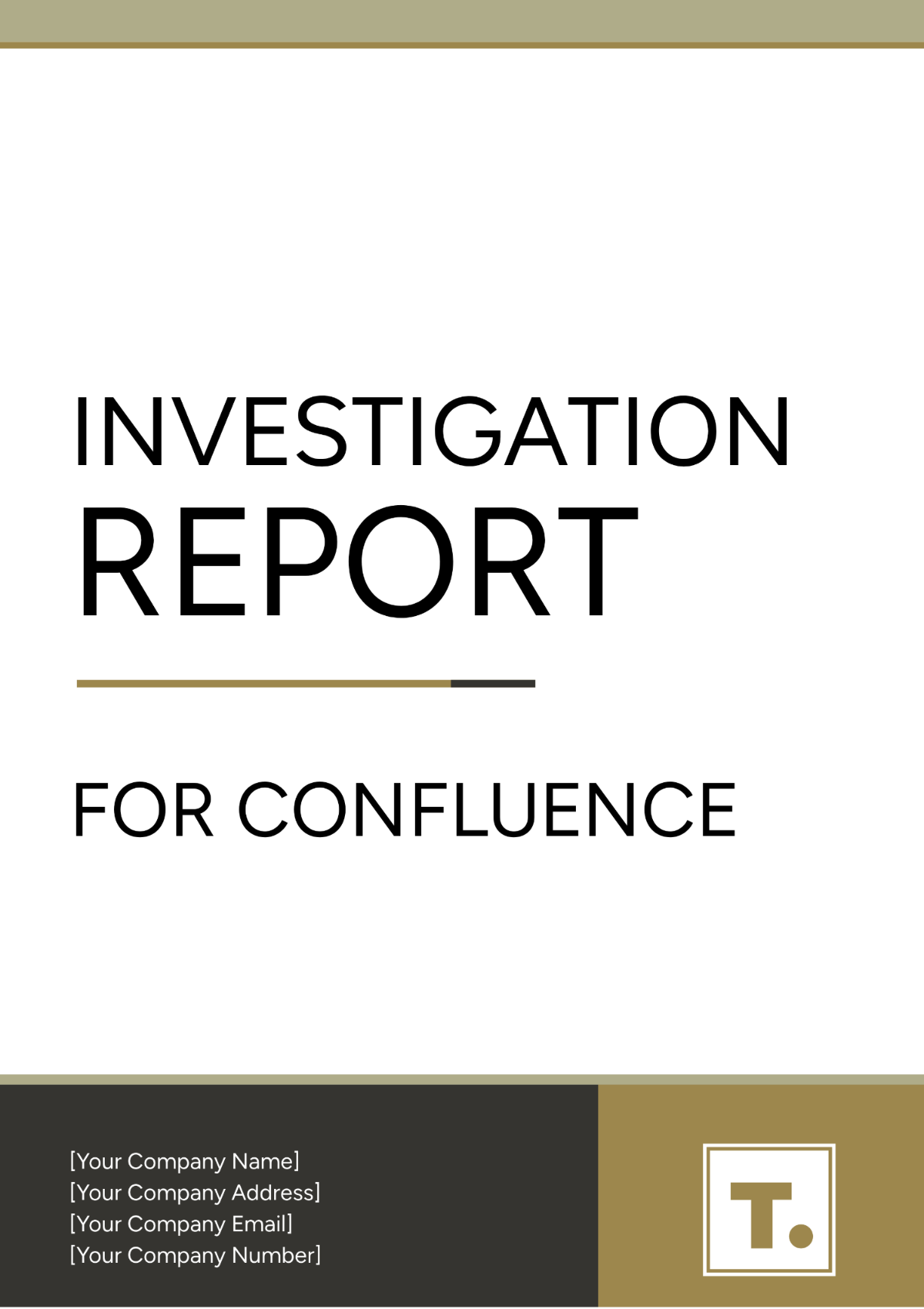Outbreak Investigation Report
Prepared by:
[YOUR NAME]
[YOUR EMAIL]
[YOUR COMPANY NAME]
Address: [YOUR COMPANY NUMBER]
Phone: [YOUR COMPANY NUMBER]
Website: [YOUR COMPANY WEBSITE]
I. Introduction
In response to the recent outbreak of influenza in Athens City, this report presents the findings and recommendations resulting from the outbreak investigation conducted by [YOUR COMPANY NAME]. The investigation aimed to identify the source, understand transmission dynamics, and propose control measures to mitigate further spread.
II. Background
The outbreak of influenza, caused primarily by influenza A virus subtype H3N2, was first detected in Athens City on January 10, 2050. The initial cases presented with fever (>38°C), cough, and respiratory distress. Subsequently, there was a rapid increase in reported cases, indicating sustained community transmission.
III. Methods
A. Case Definition and Identification
Case Definition | Criteria |
|---|---|
Suspected case | Fever (>38°C) and acute respiratory illness (ARI) |
Confirmed case | Laboratory confirmation of influenza A virus subtype H3N2 |
B. Epidemiological Investigation
Methods | Details |
|---|---|
Case interviews | Conducted with confirmed cases to identify symptoms onset, exposure history, and contacts. |
Contact tracing | Traced close contacts of confirmed cases to assess transmission routes. |
C. Laboratory Investigation
Laboratory Testing | Details |
|---|---|
Virus identification | Real-time RT-PCR for detection of influenza A virus subtype H3N2. |
Genetic sequencing | Identified strain and assessed similarity to global strains. |
IV. Findings
A. Outbreak Description
Affected Population: Approximately 2,000 individuals affected within the first month.
Hospitalizations: Significant hospitalization rates due to severe respiratory complications.
Age Distribution: Higher incidence among school-aged children and young adults.
B. Source of Outbreak
Source | Details |
|---|---|
Community spread | Spread through respiratory droplets in crowded settings (schools, workplaces). |
Primary case | Initial introduction likely from an infected traveler or local community transmission. |
C. Transmission Dynamics
Transmission Routes | Details |
|---|---|
Respiratory droplets | Primary mode of transmission, especially in close-contact settings. |
Secondary transmission | Household contacts and social gatherings contributed to secondary cases. |
V. Control Measures
A. Immediate Response
Actions Taken | Details |
|---|---|
Emergency response activation | Mobilized local health departments and hospitals. |
Antiviral deployment | Provided oseltamivir to treat confirmed cases and exposed individuals. |
Isolation and quarantine | Implemented to prevent further transmission in affected households and communities. |
B. Public Health Interventions
To mitigate further spread, [YOUR COMPANY NAME] recommended the following interventions:
Vaccination Campaign: Initiate a targeted influenza vaccination campaign focusing on high-risk groups, including young children, elderly adults, pregnant women, and individuals with underlying medical conditions.
School Closures: Temporarily close schools and educational institutions with clusters of influenza cases to reduce transmission among students and staff.
Health Education: Launch public health education campaigns to promote hand hygiene, respiratory etiquette (e.g., covering coughs and sneezes with elbows or tissues), and staying home when sick.
C. Long-term Recommendations
Long-term strategies focused on enhancing community preparedness for future influenza seasons:
Vaccination Strategy: Strengthen influenza vaccination coverage through routine immunization programs and outreach efforts targeting underserved populations.
Surveillance Enhancement: Enhance syndromic surveillance systems to detect early signals of influenza outbreaks and monitor vaccine effectiveness.
Healthcare Infrastructure: Invest in healthcare infrastructure to improve capacity for managing infectious disease outbreaks, including surge capacity in hospitals and healthcare facilities.
VI. Conclusion
In conclusion, the rapid response and coordinated efforts by [YOUR COMPANY NAME], local health departments, and stakeholders in Athens City were instrumental in containing the influenza outbreak. By providing timely information, evidence-based recommendations, and implementing effective control measures, this report aims to support ongoing efforts to protect public health and prevent future outbreaks.
